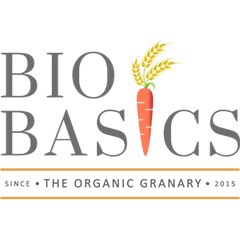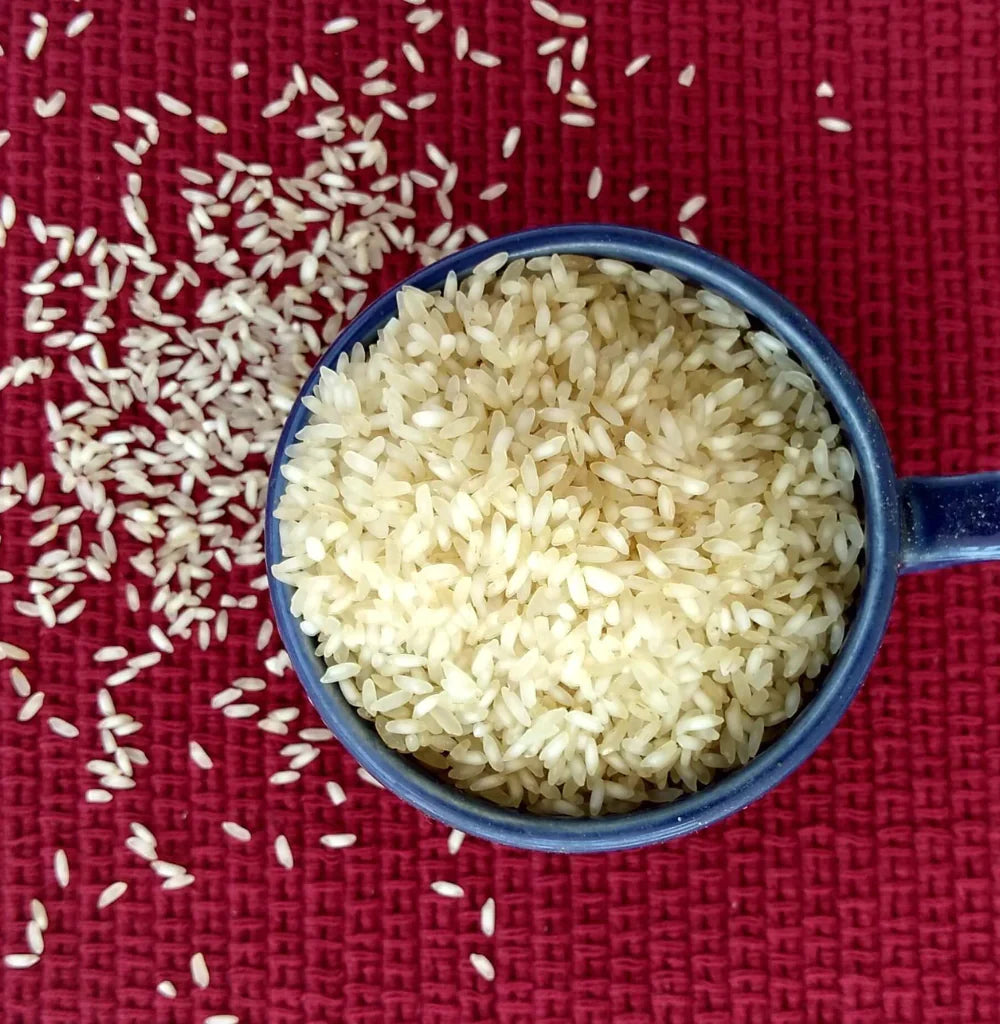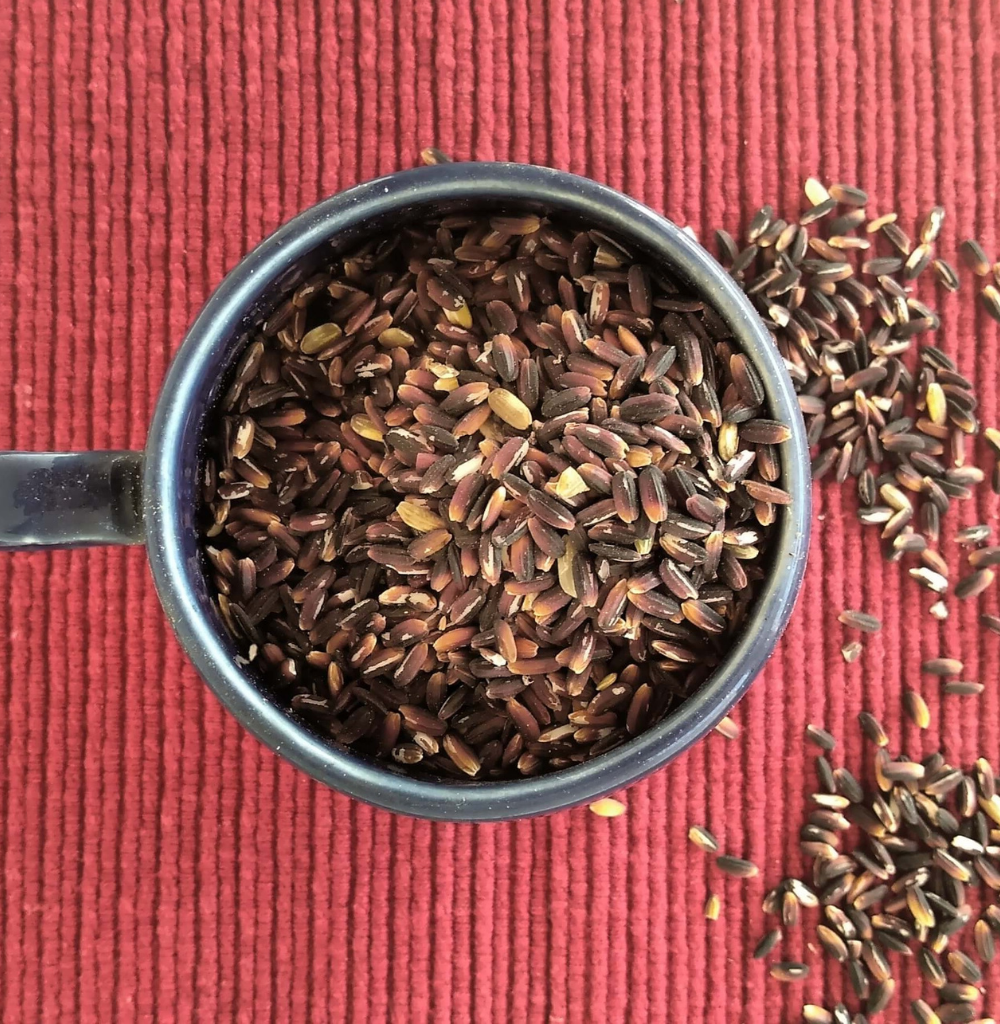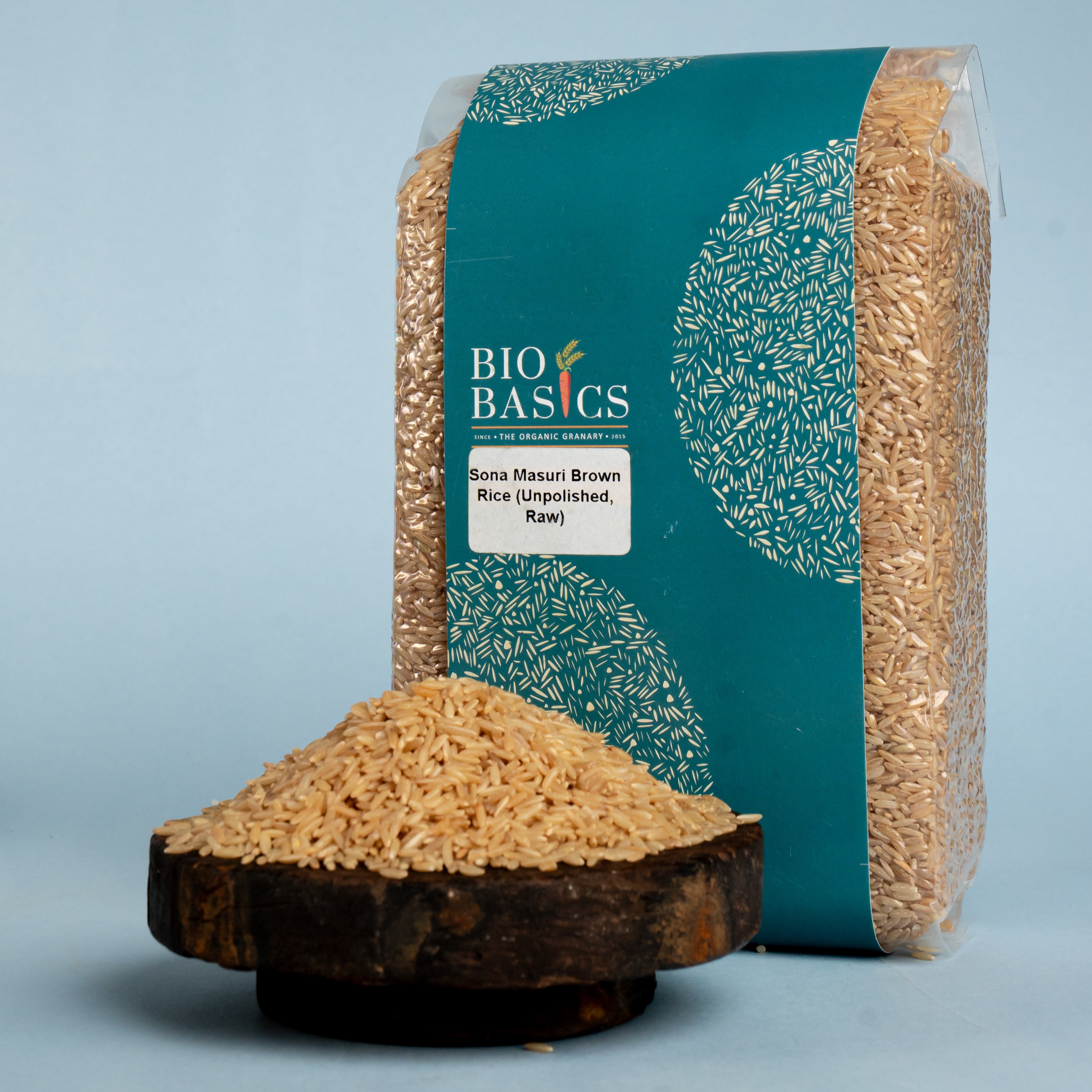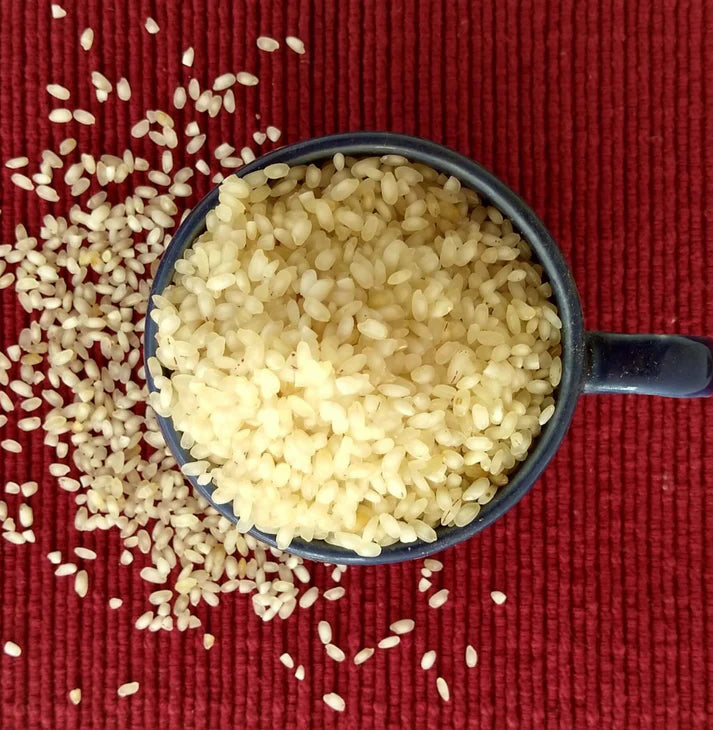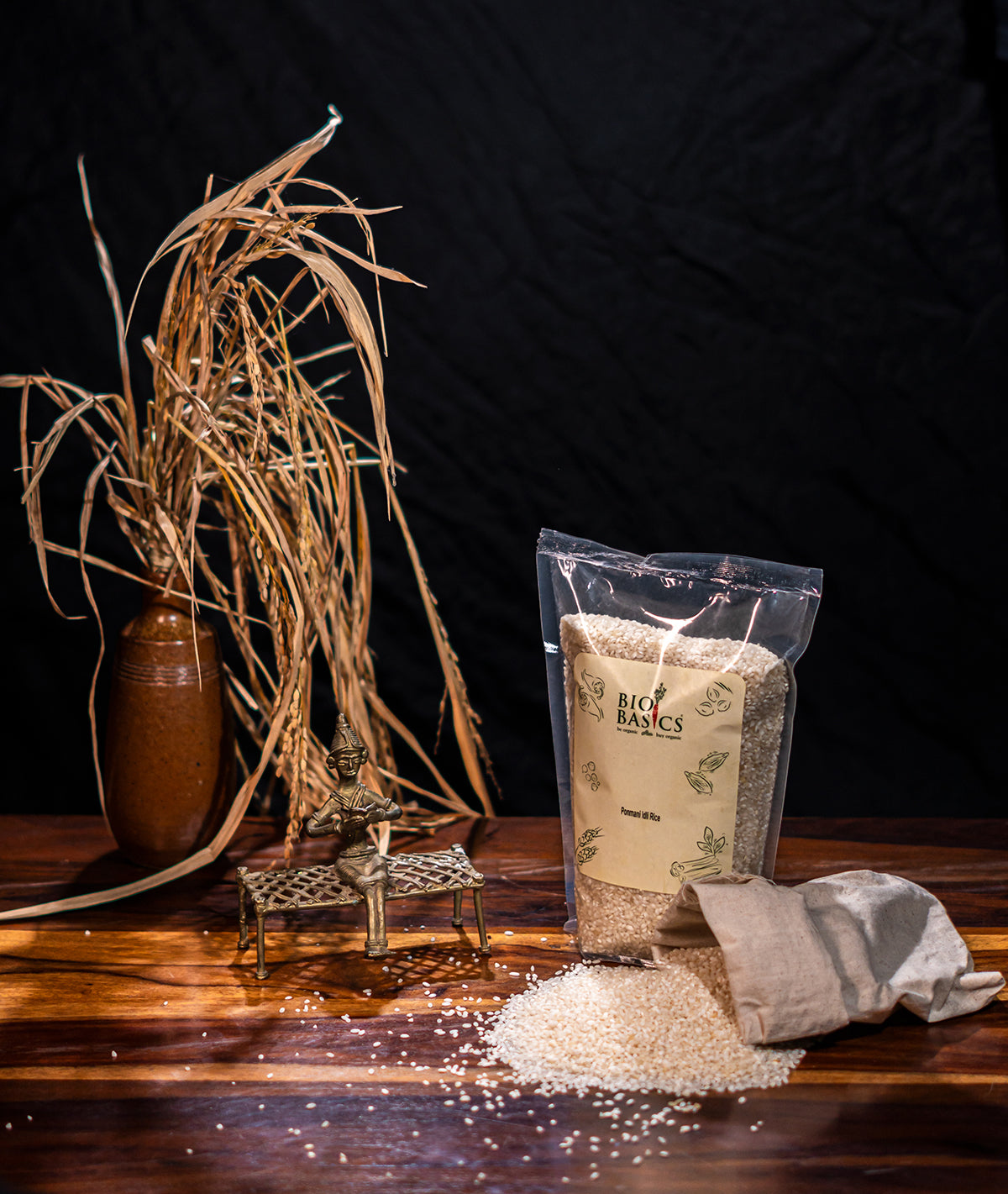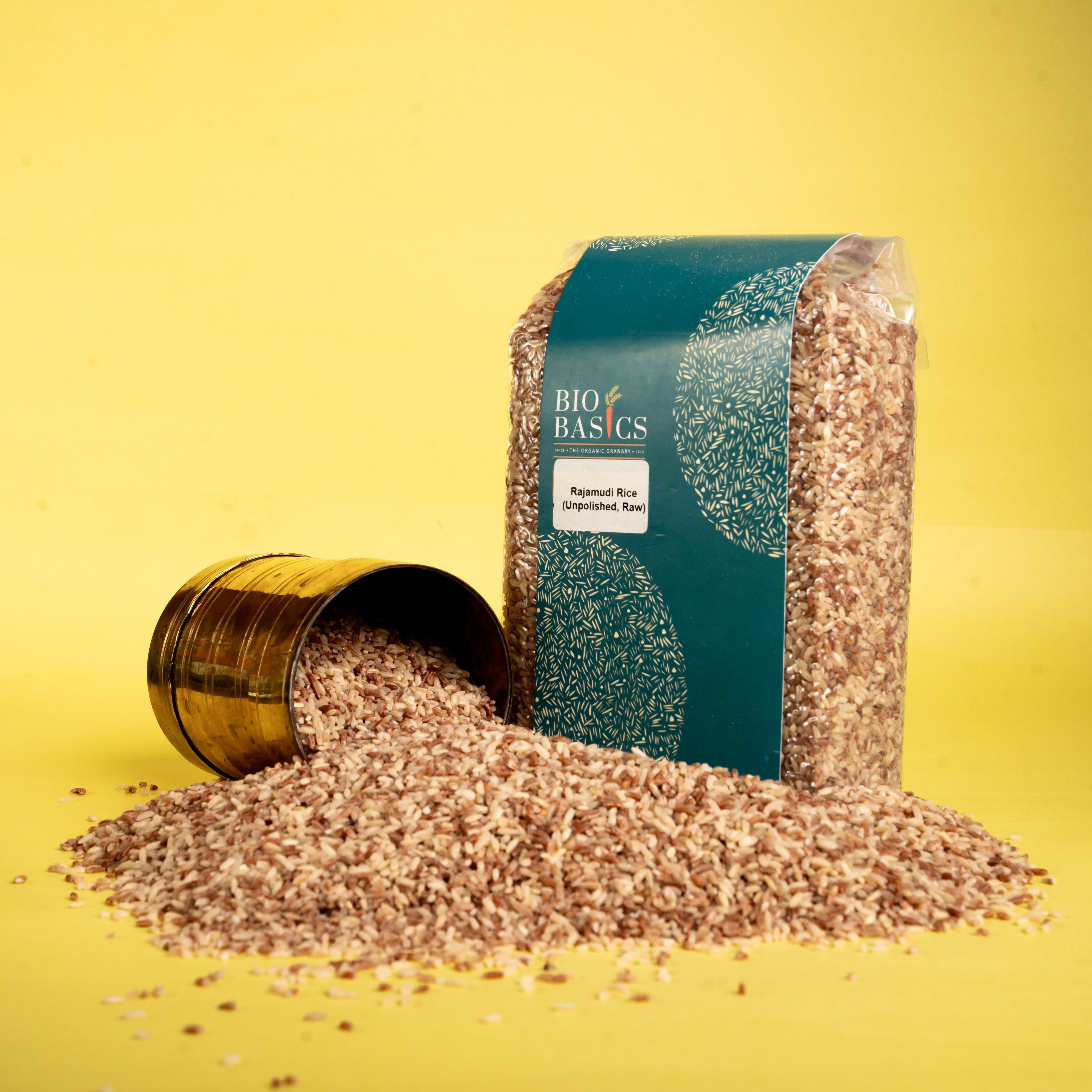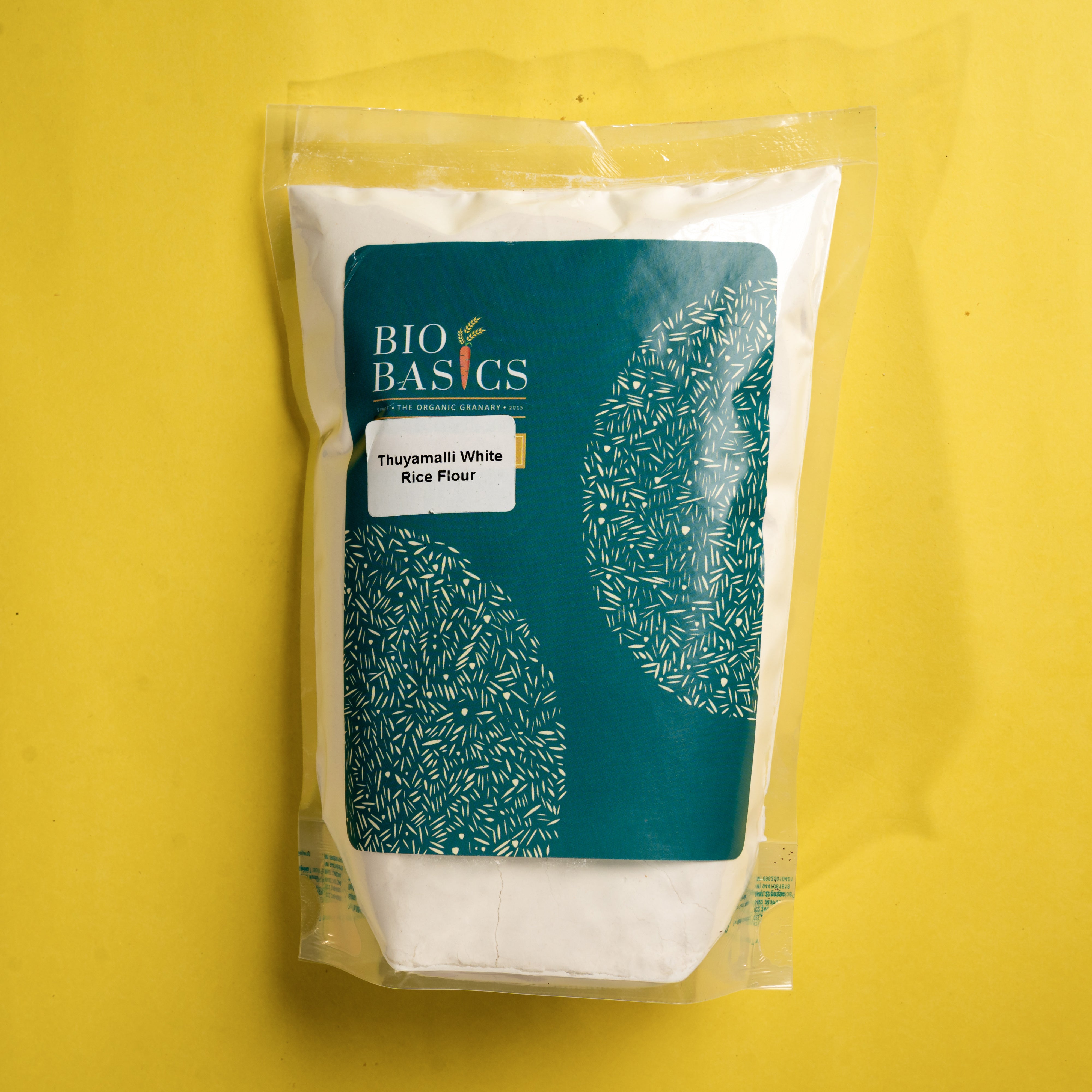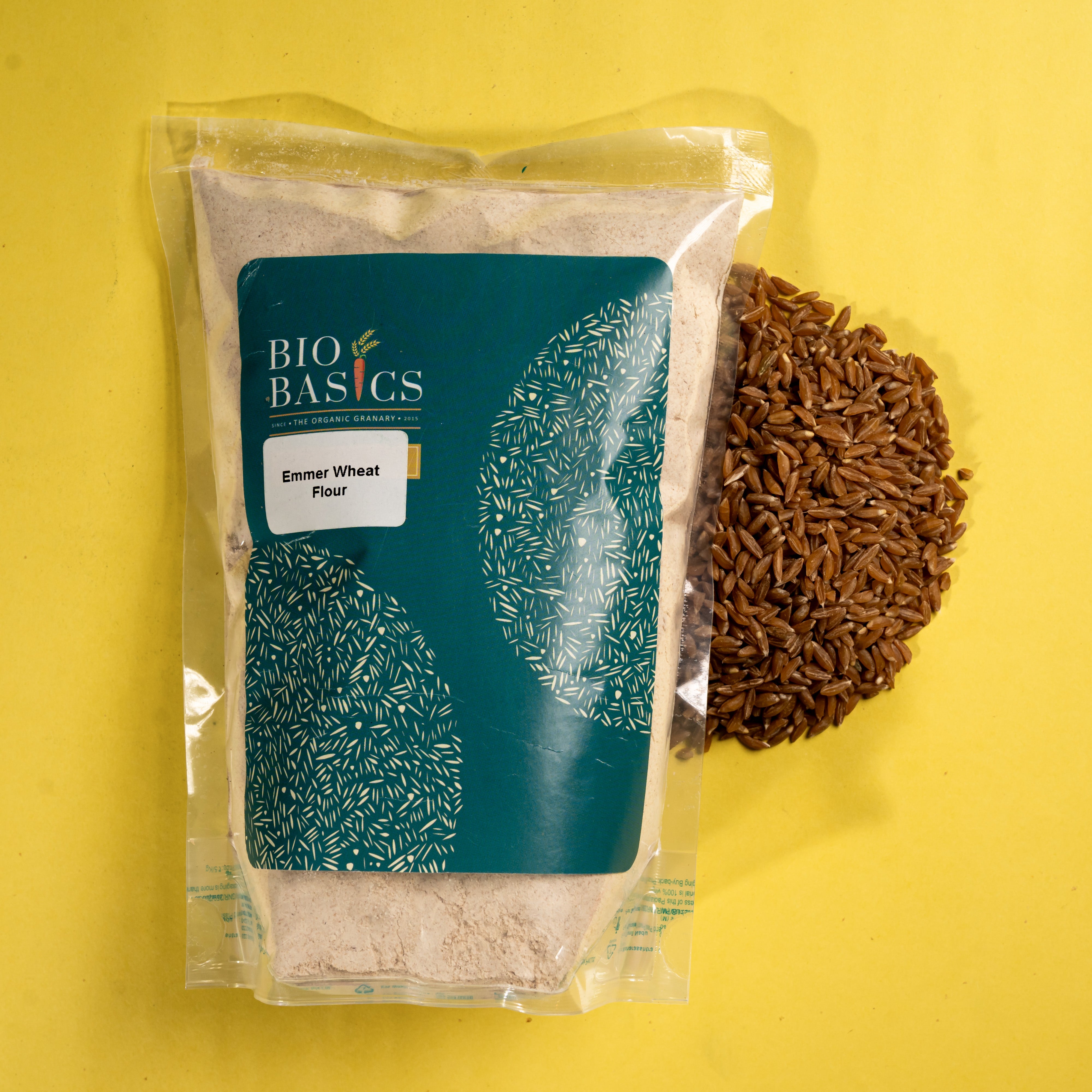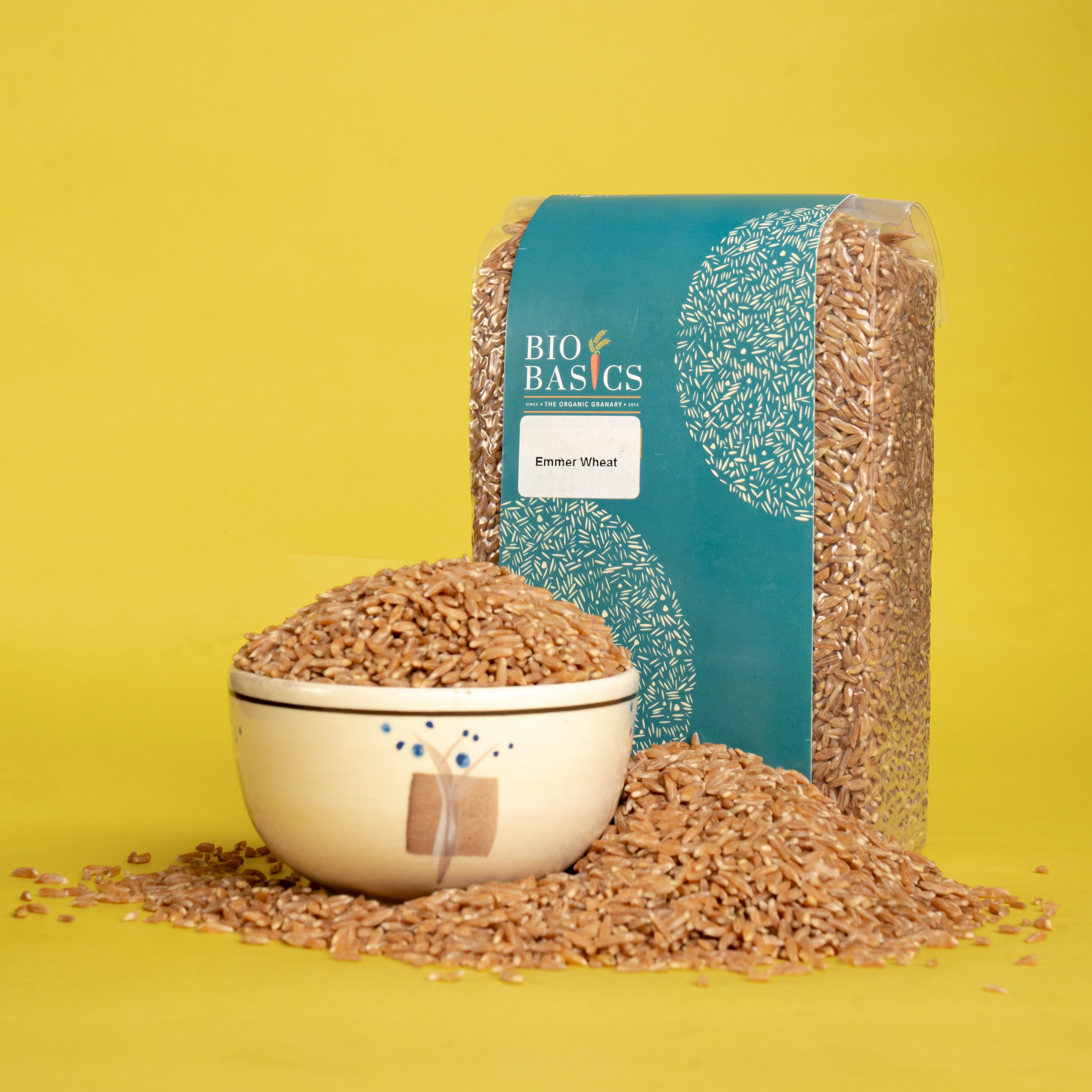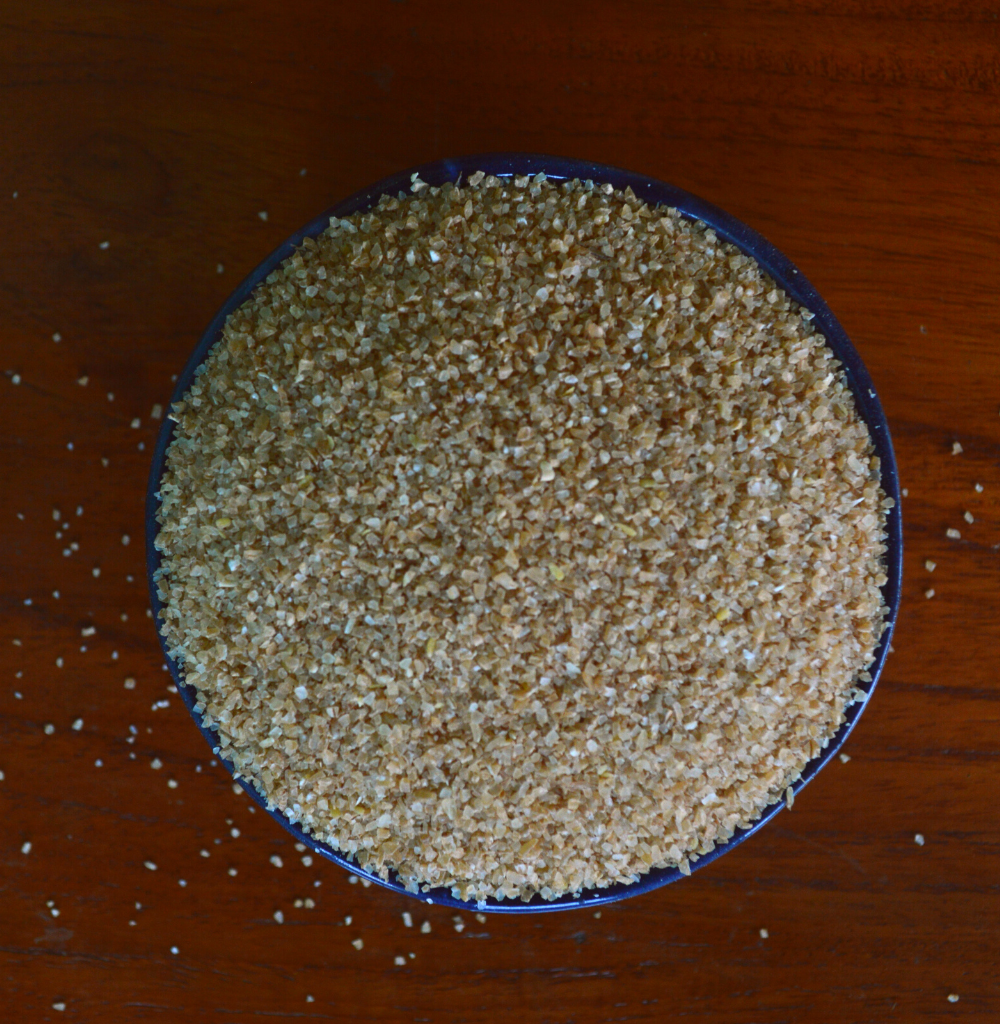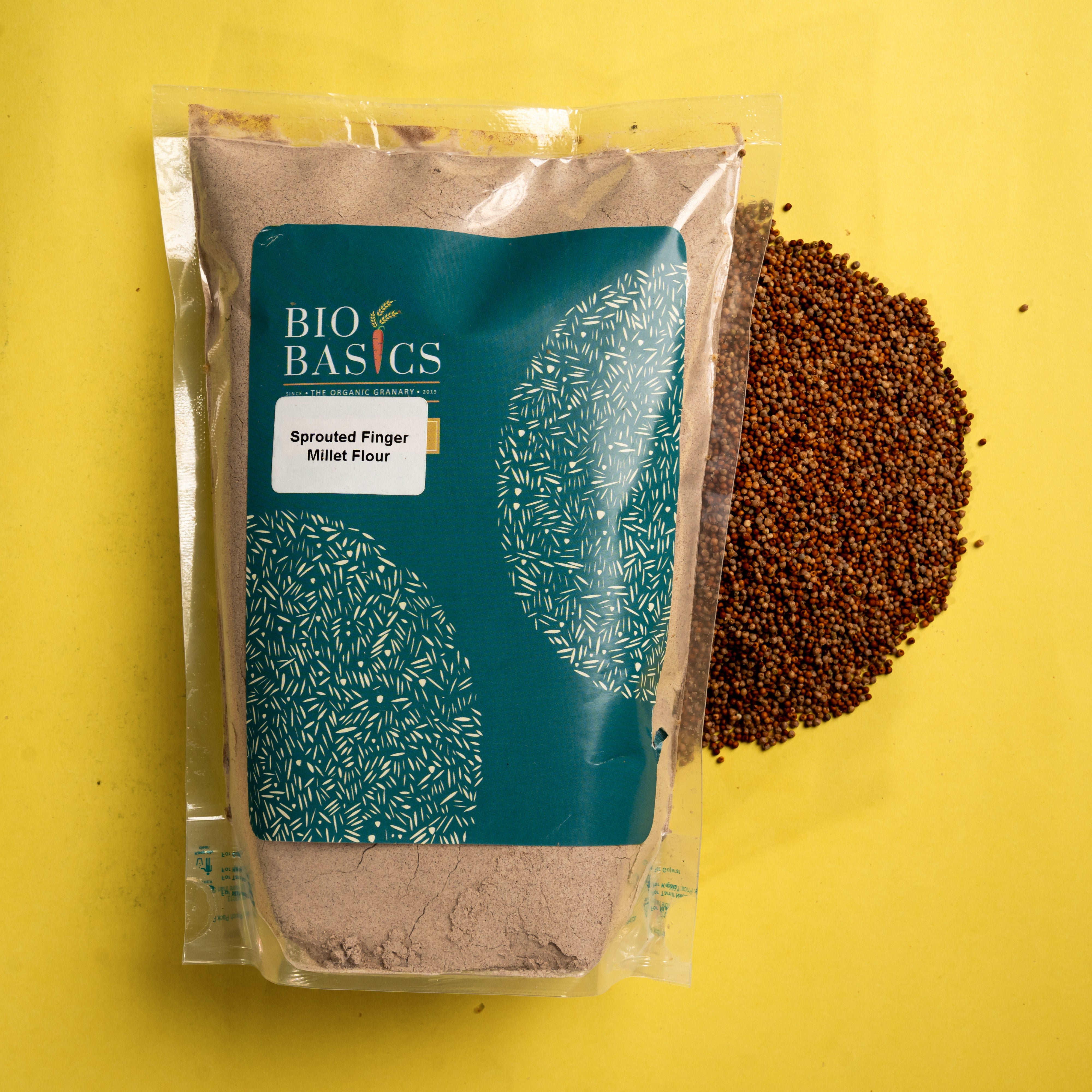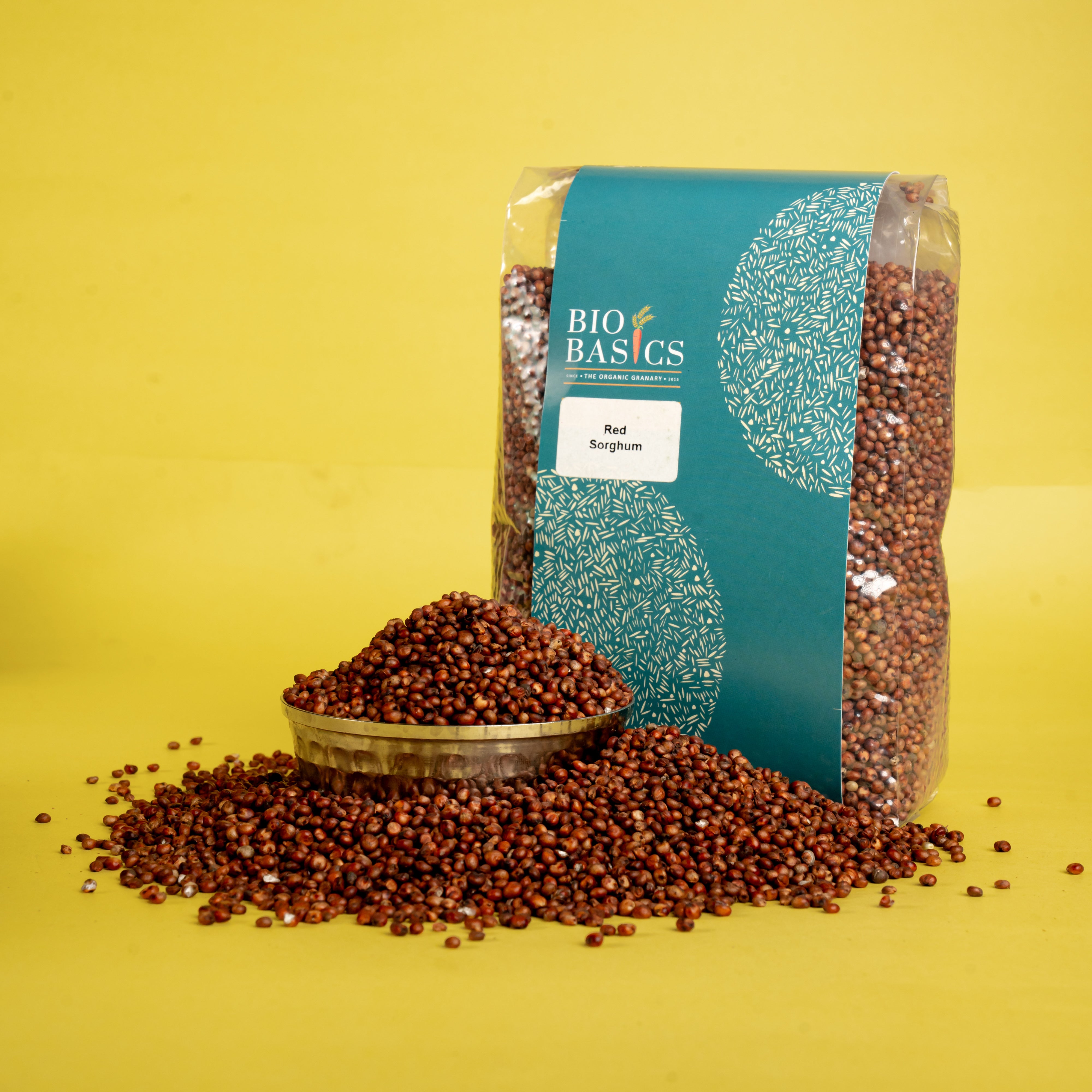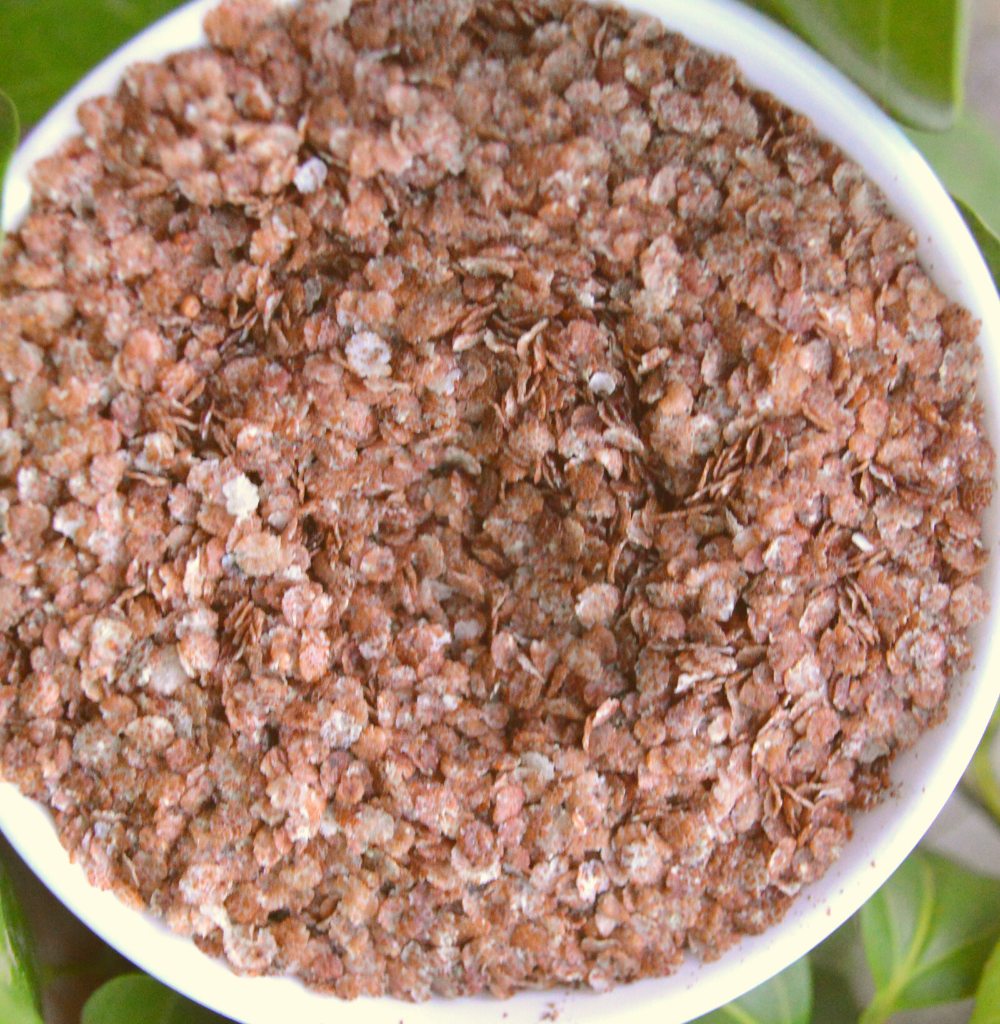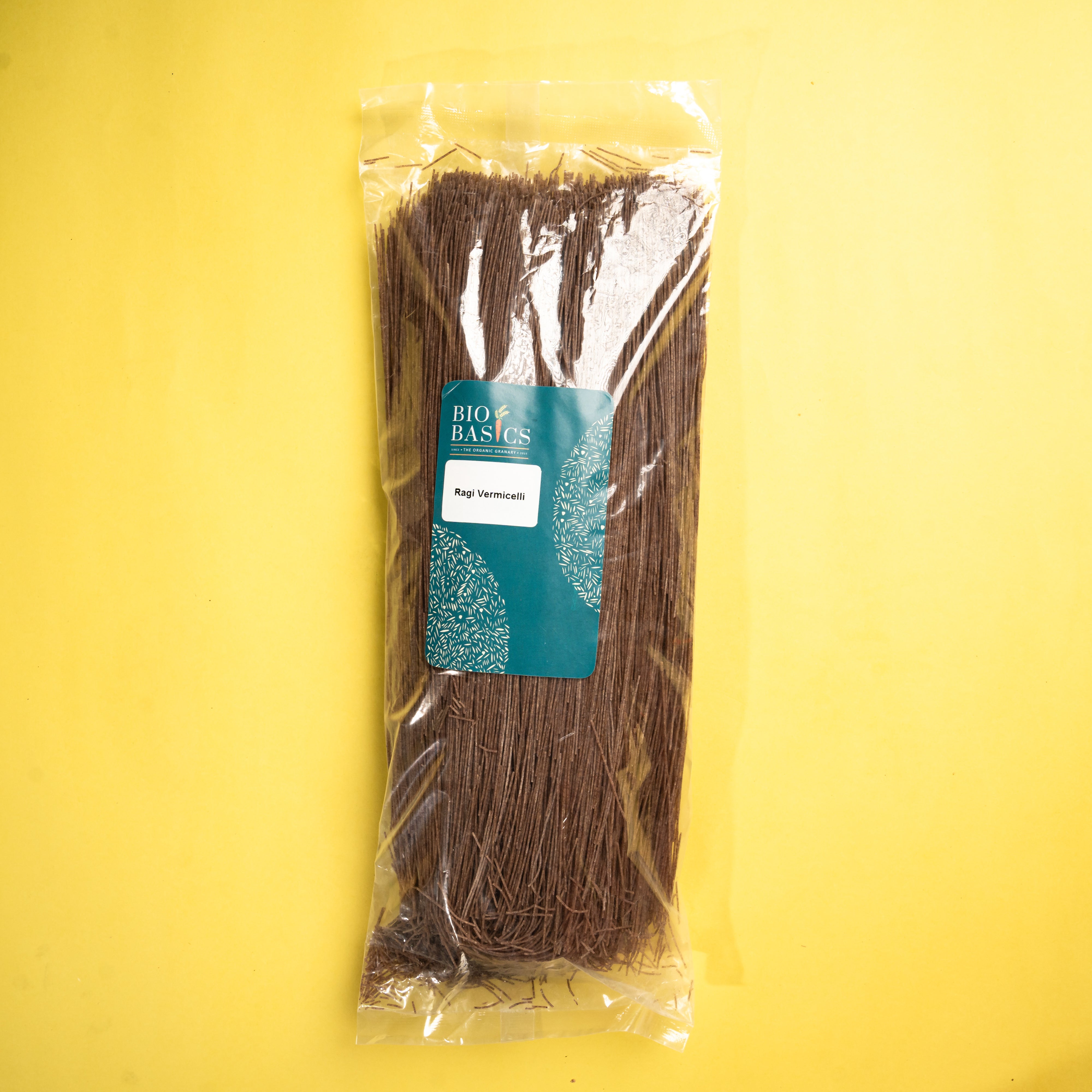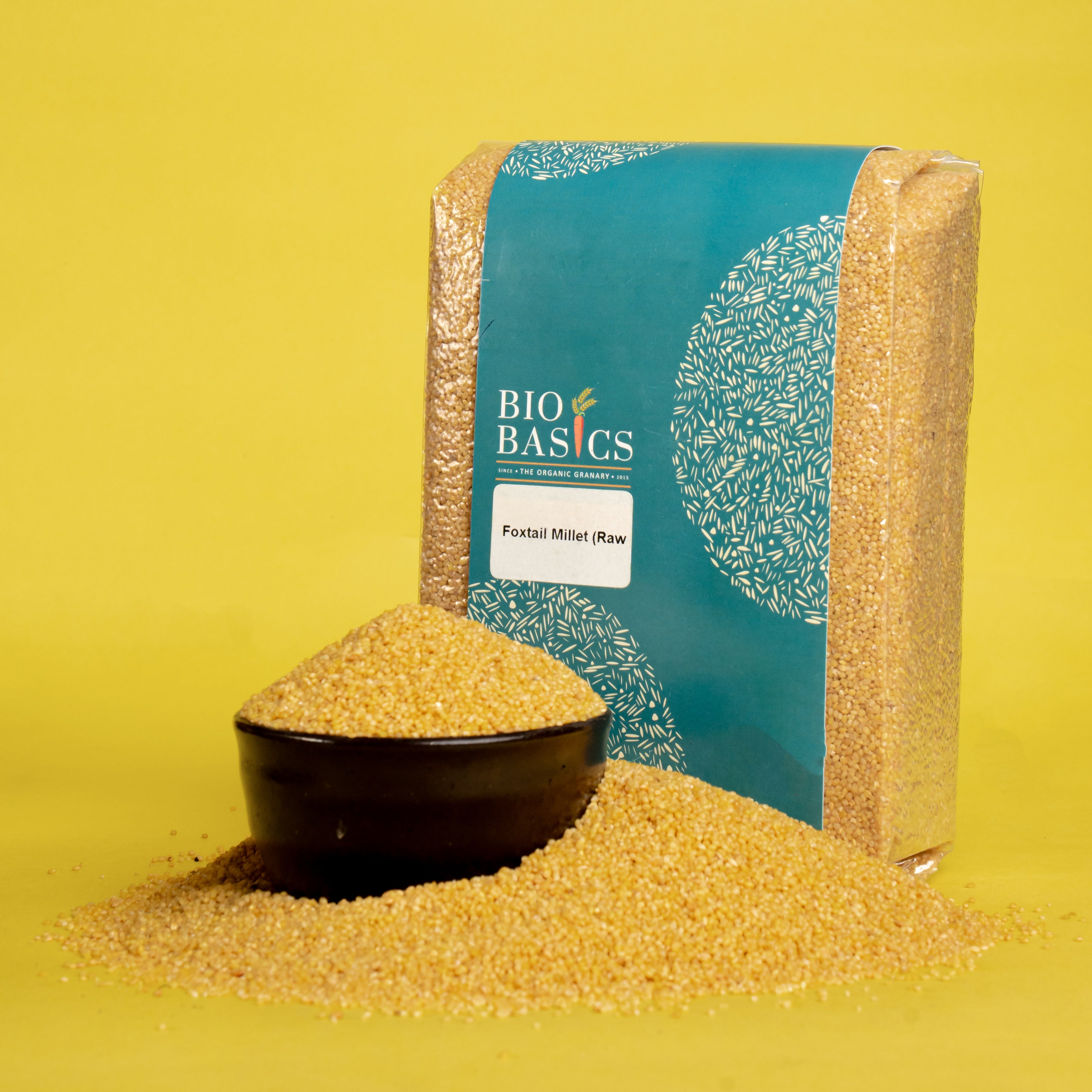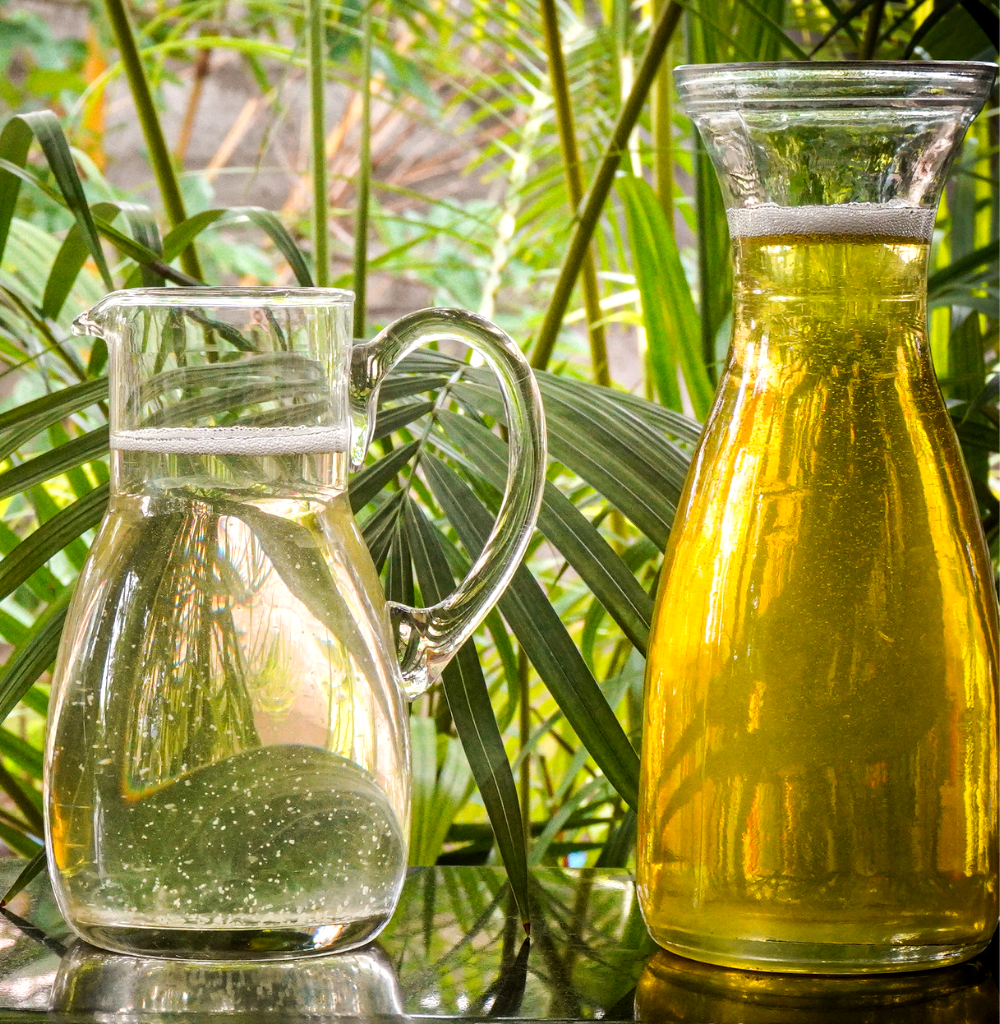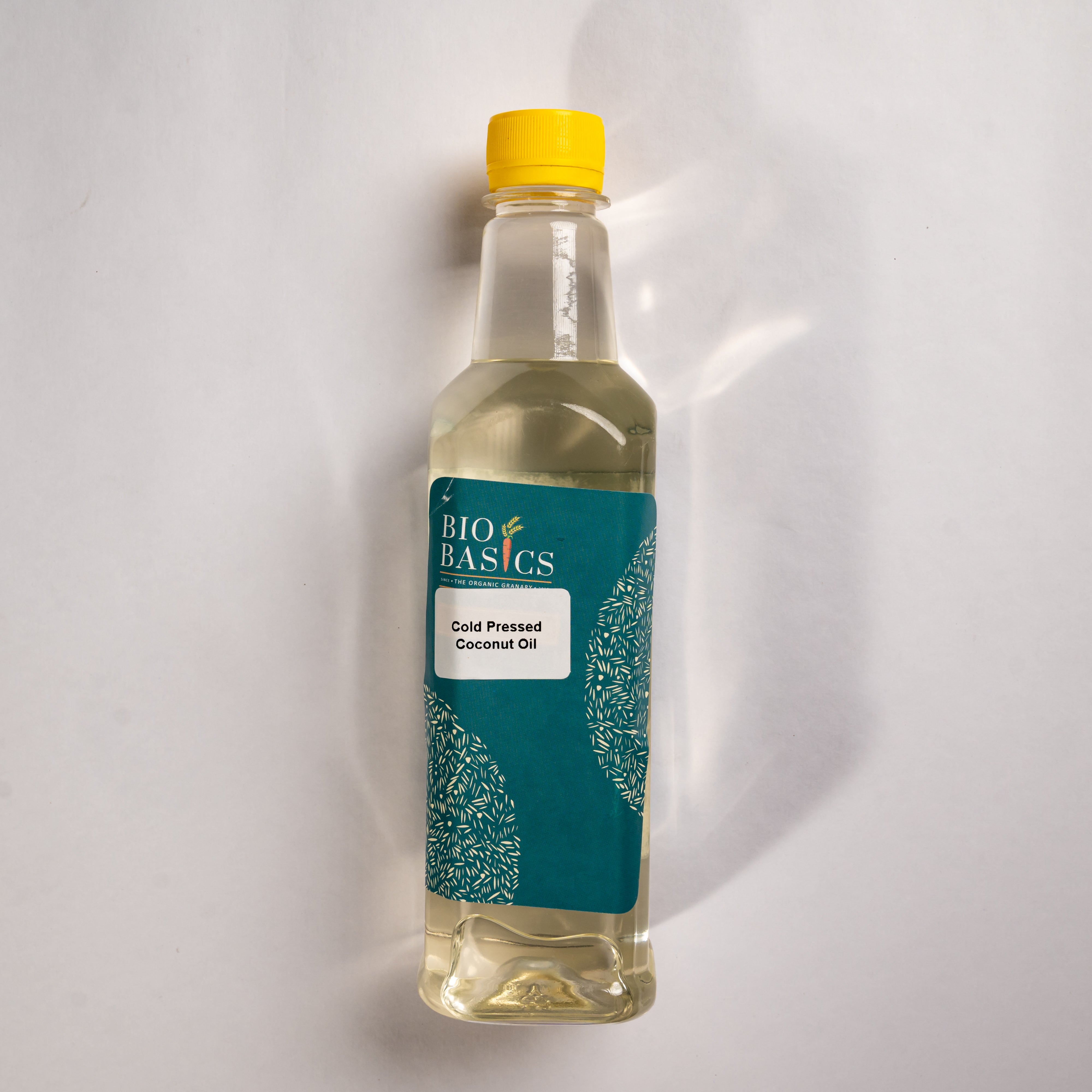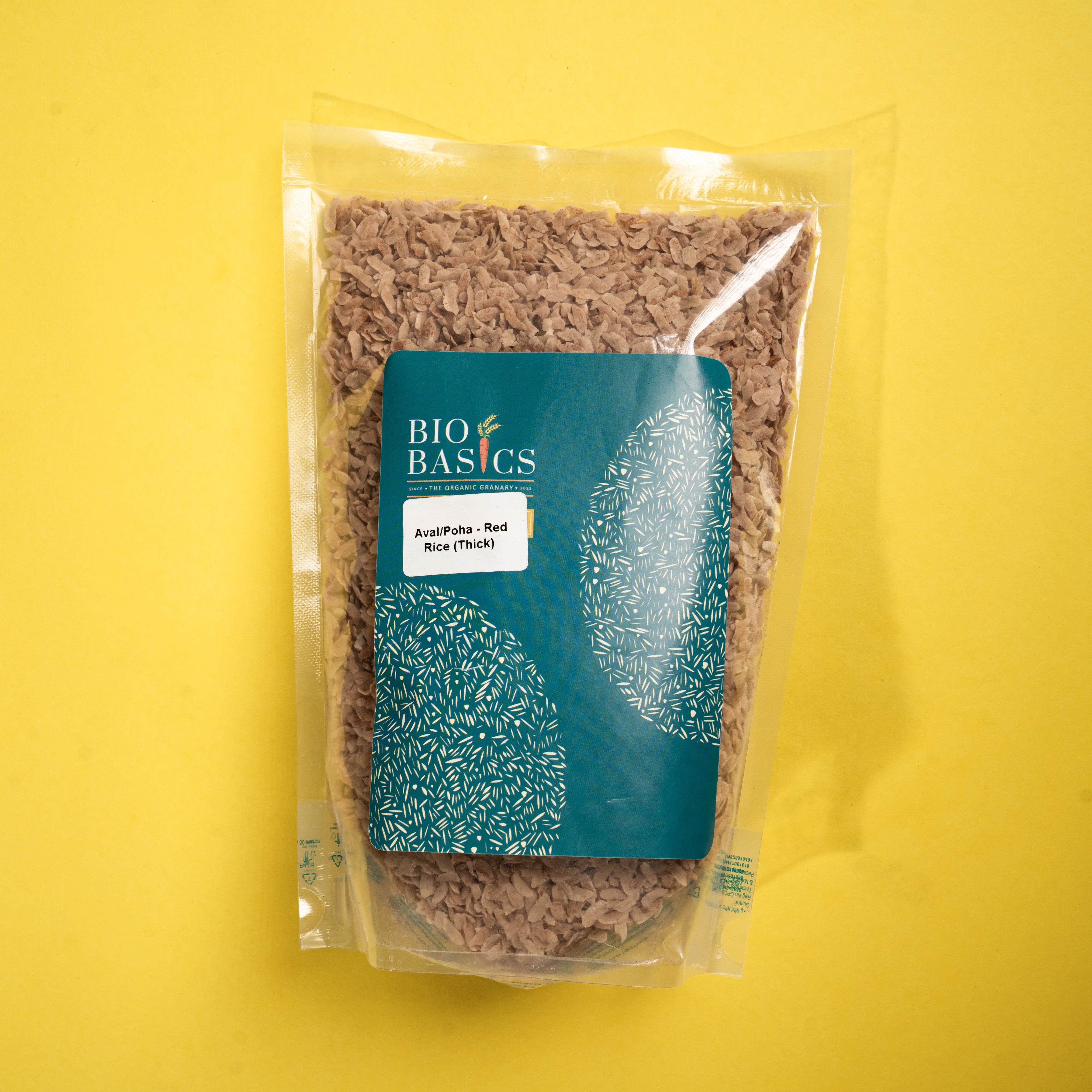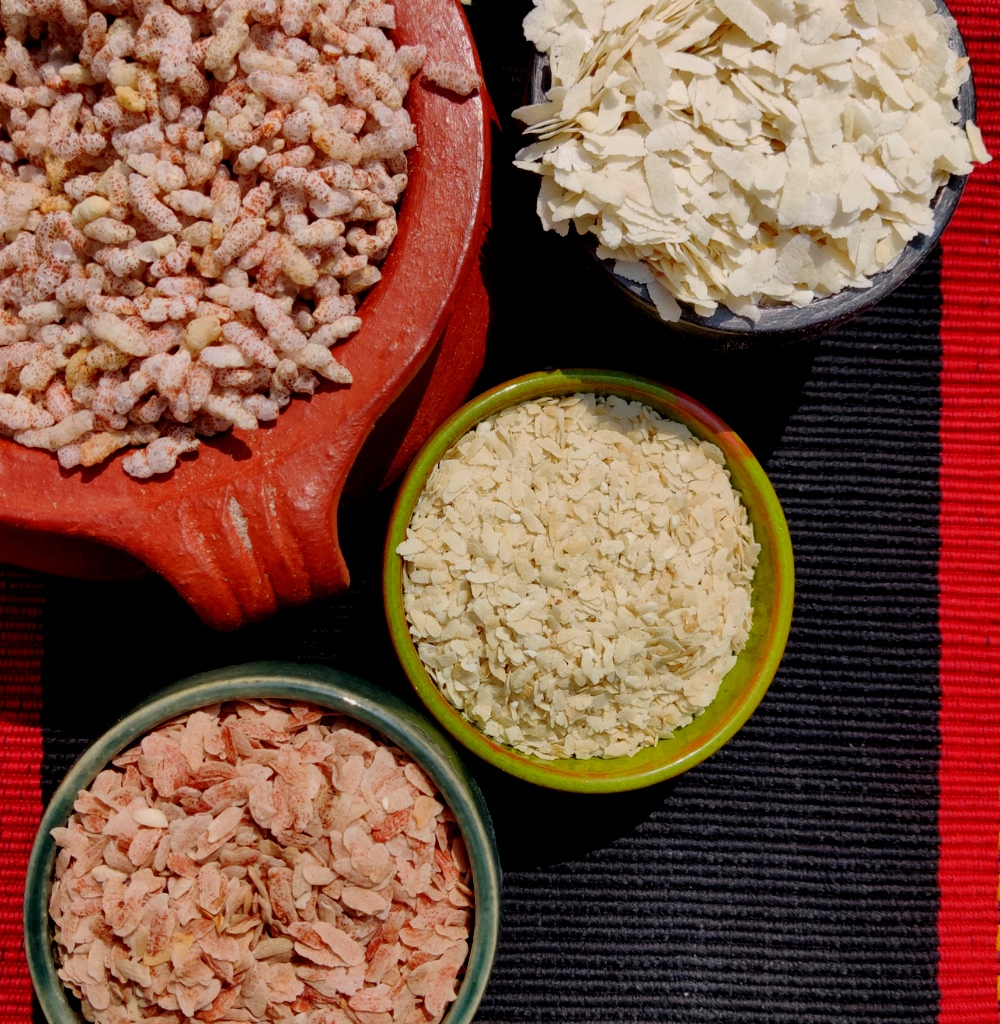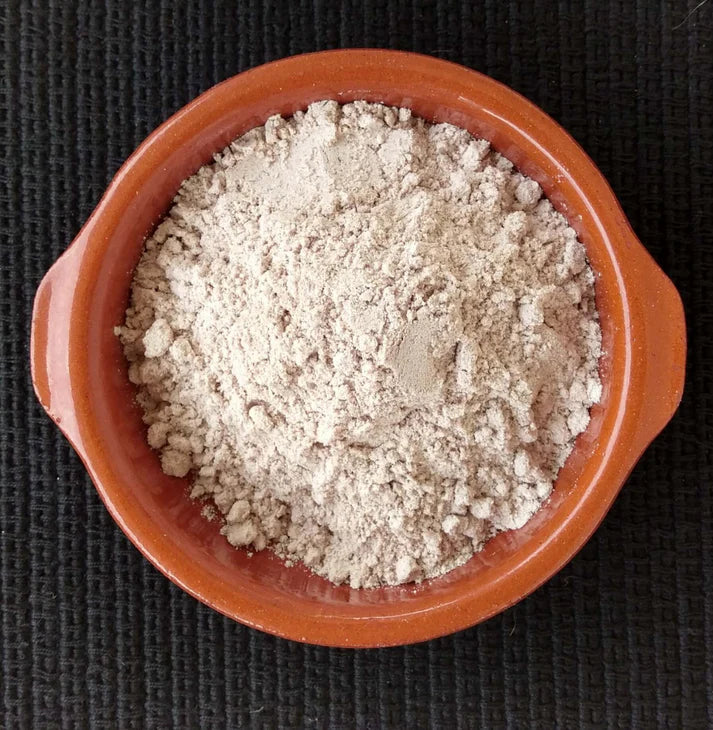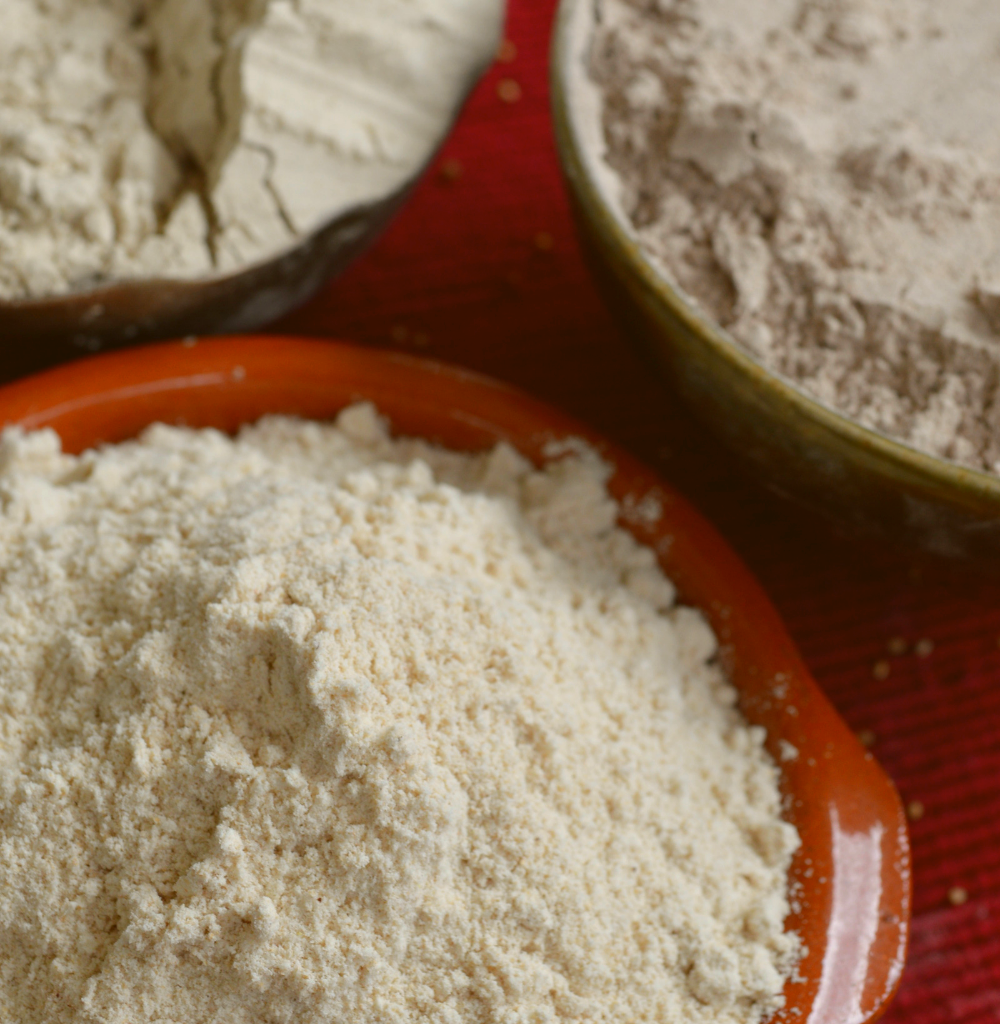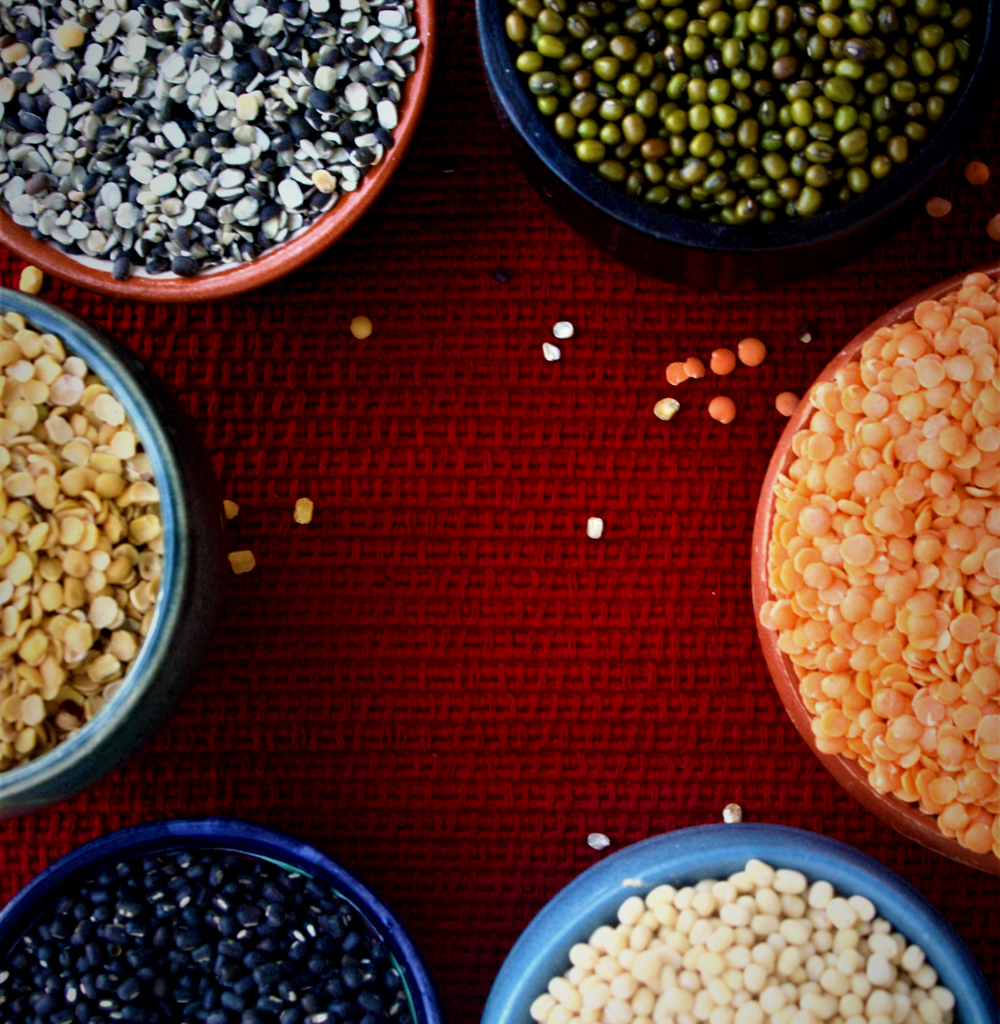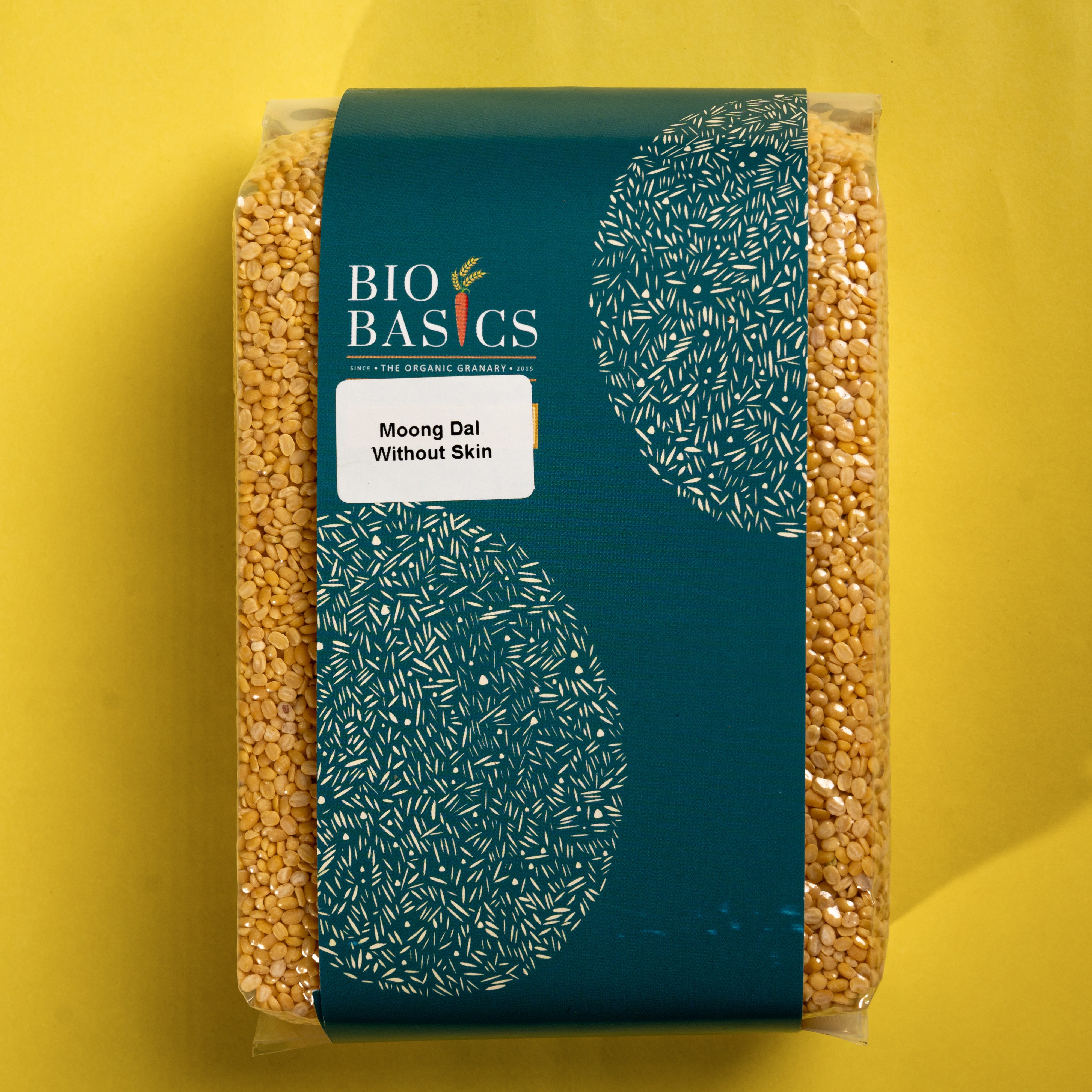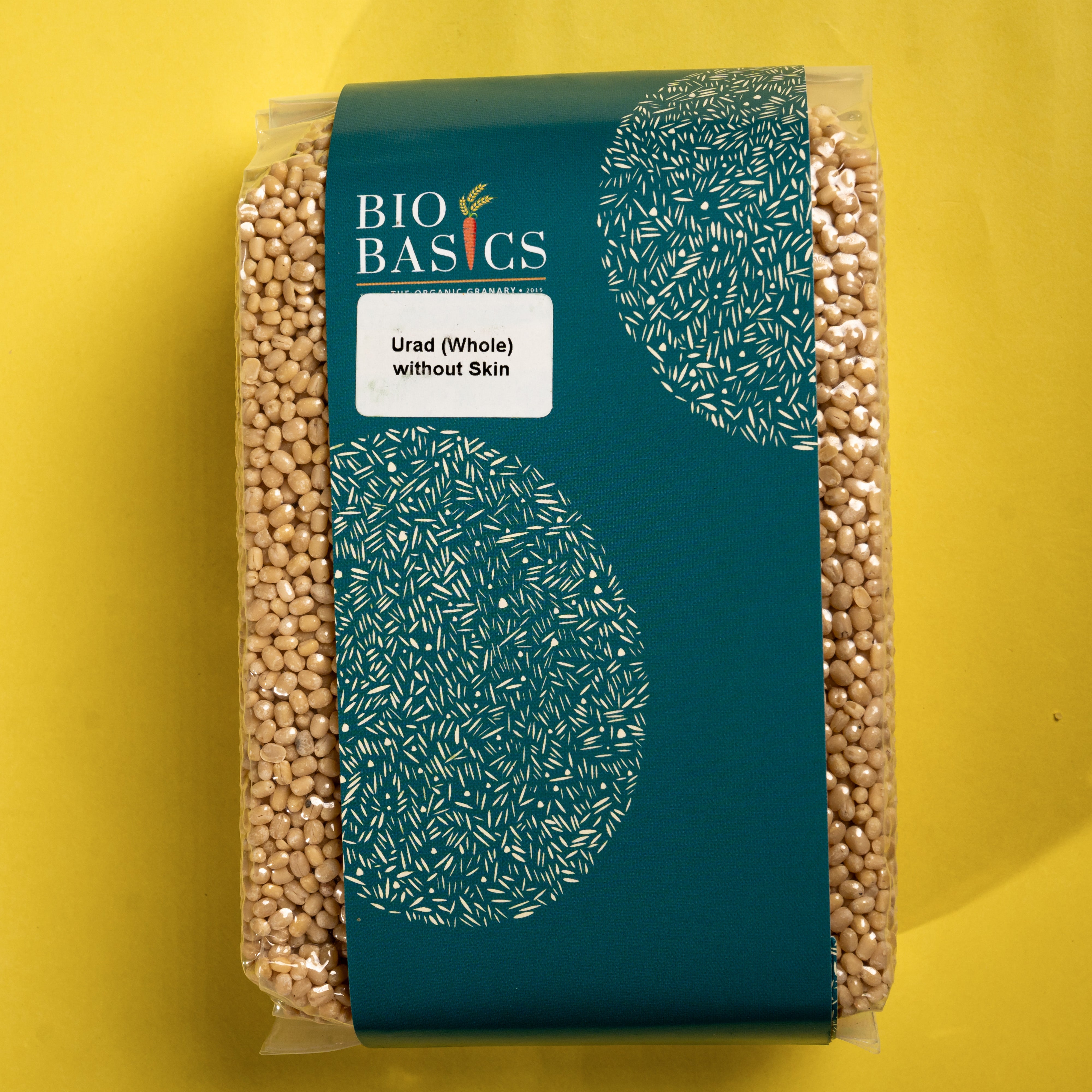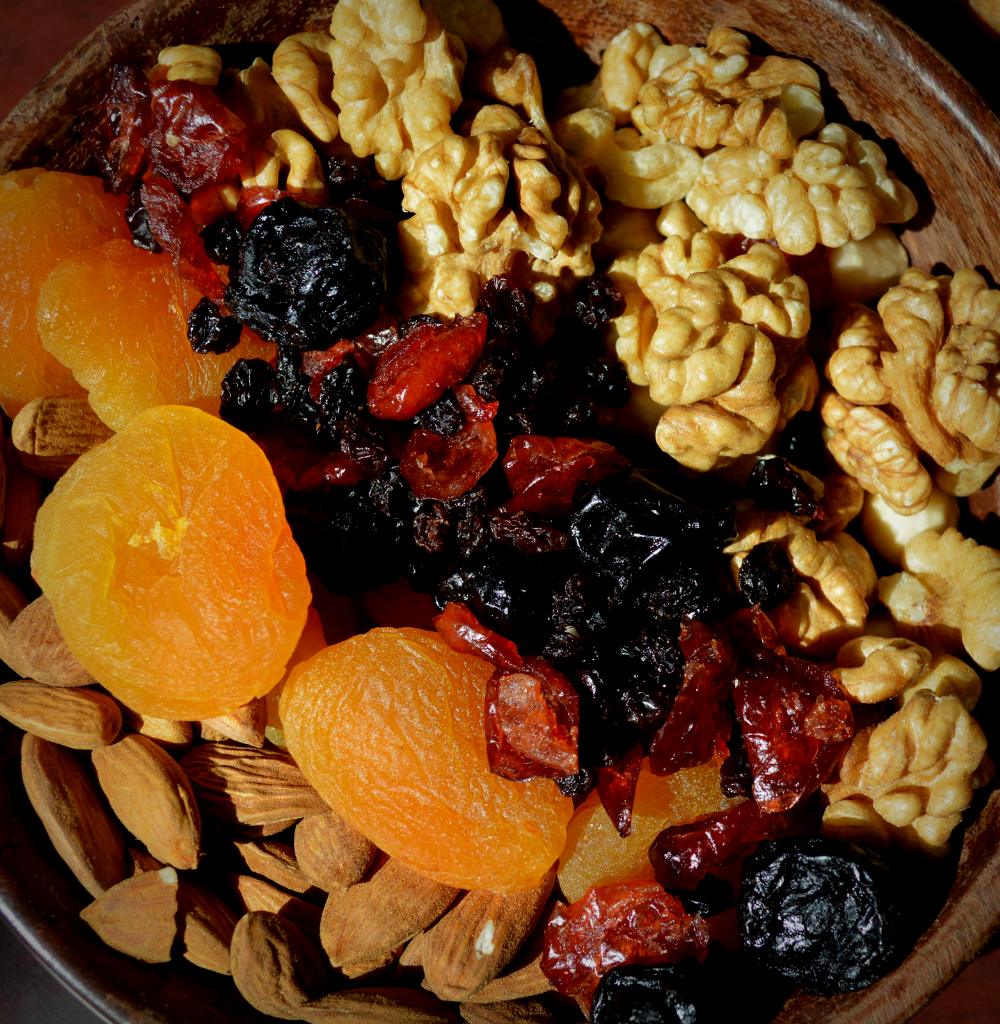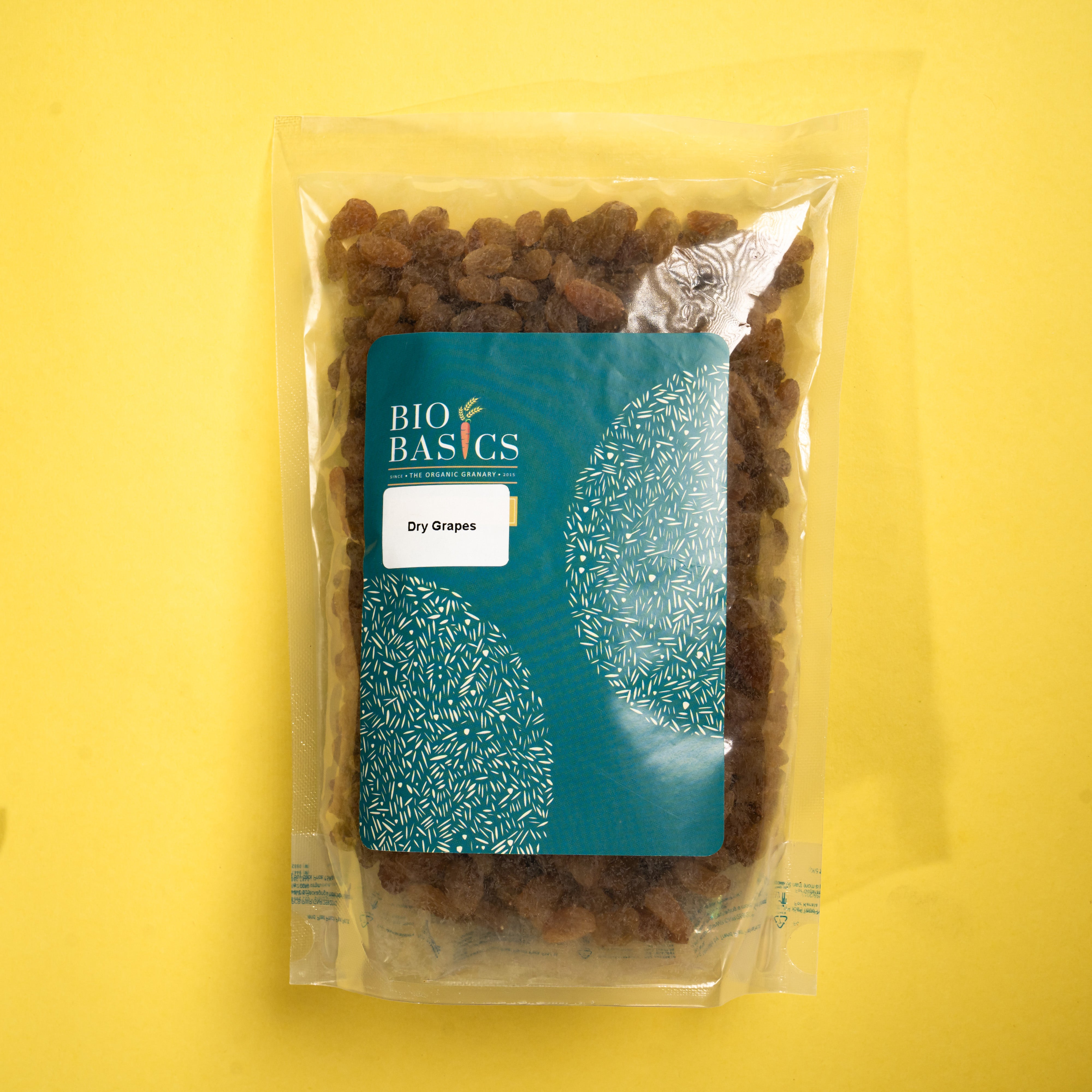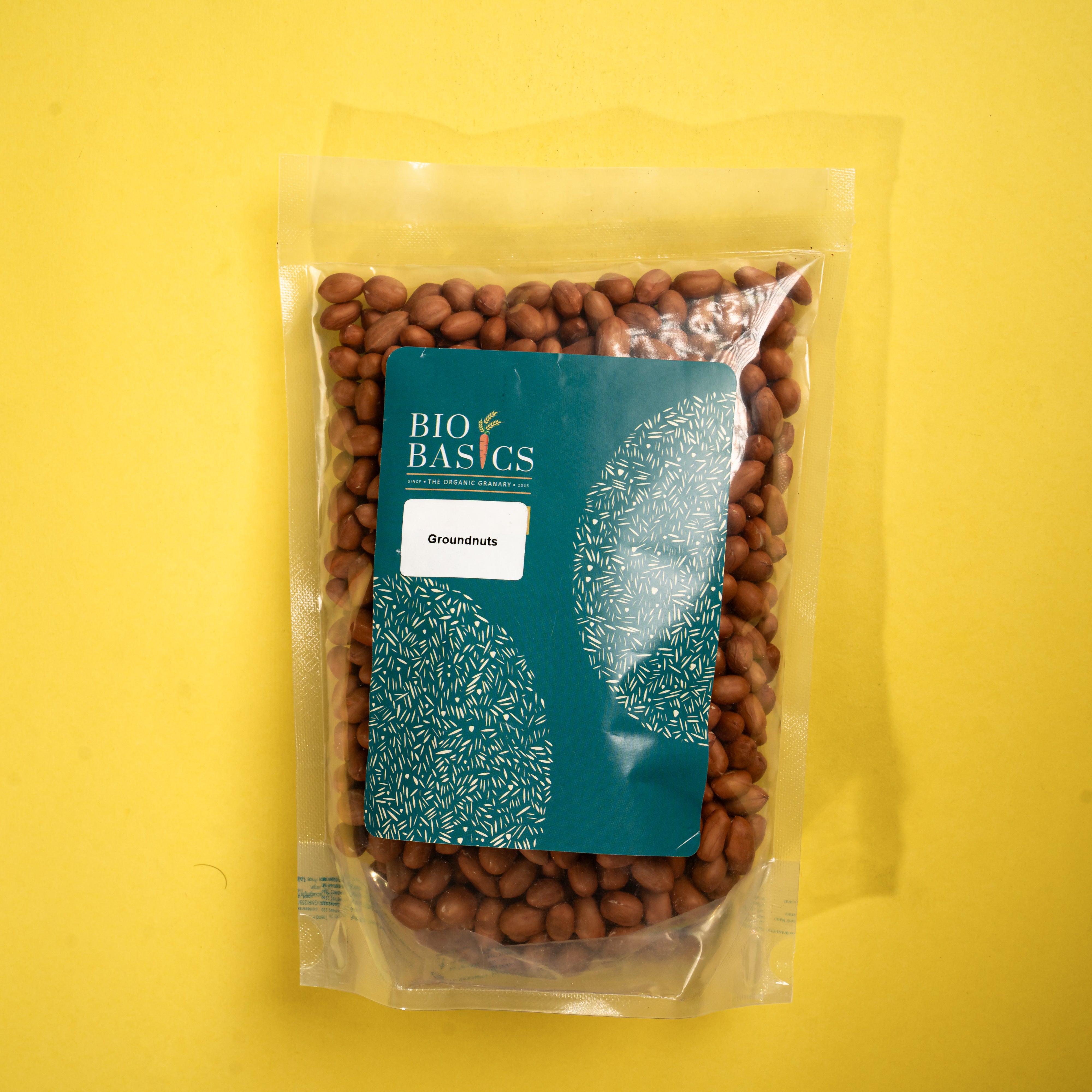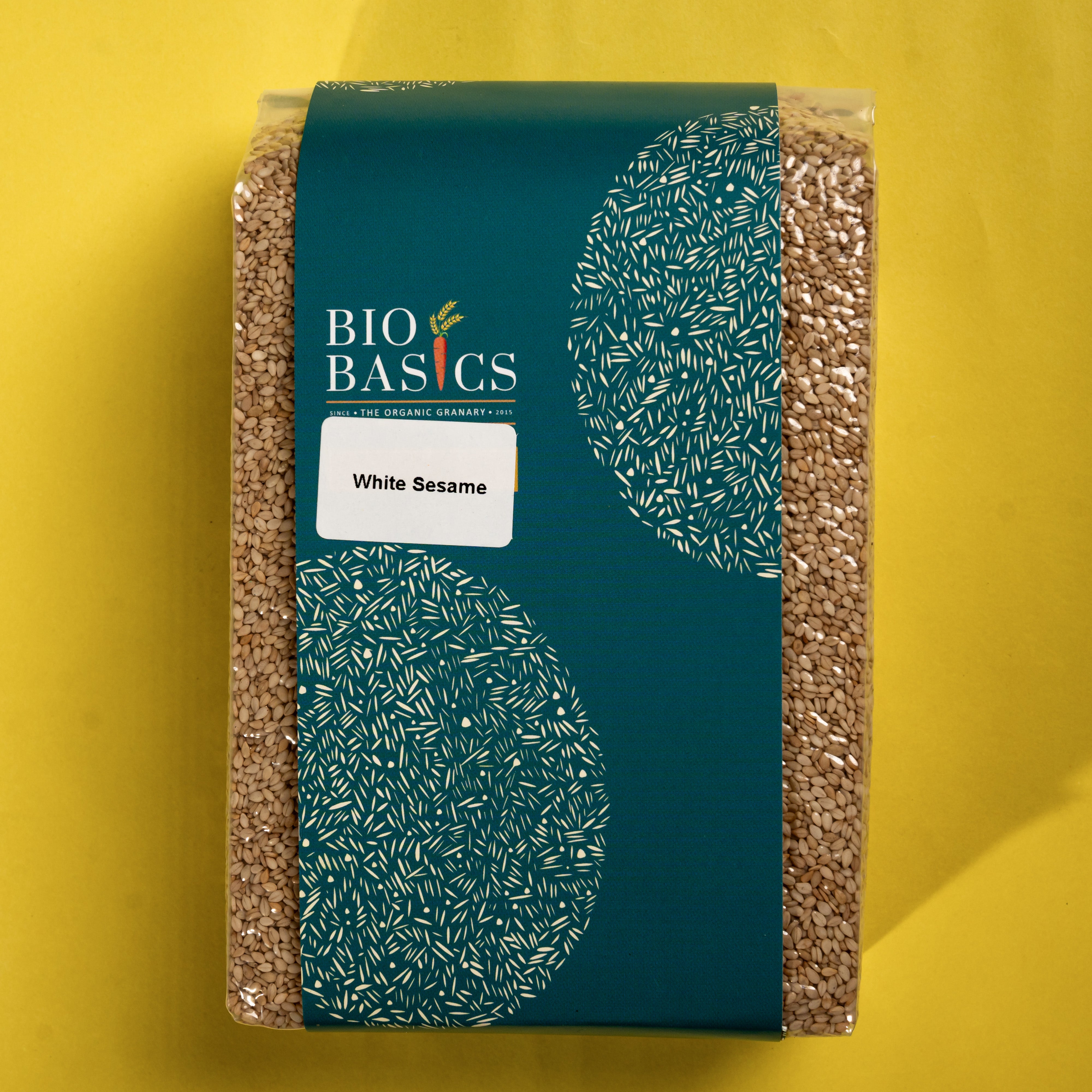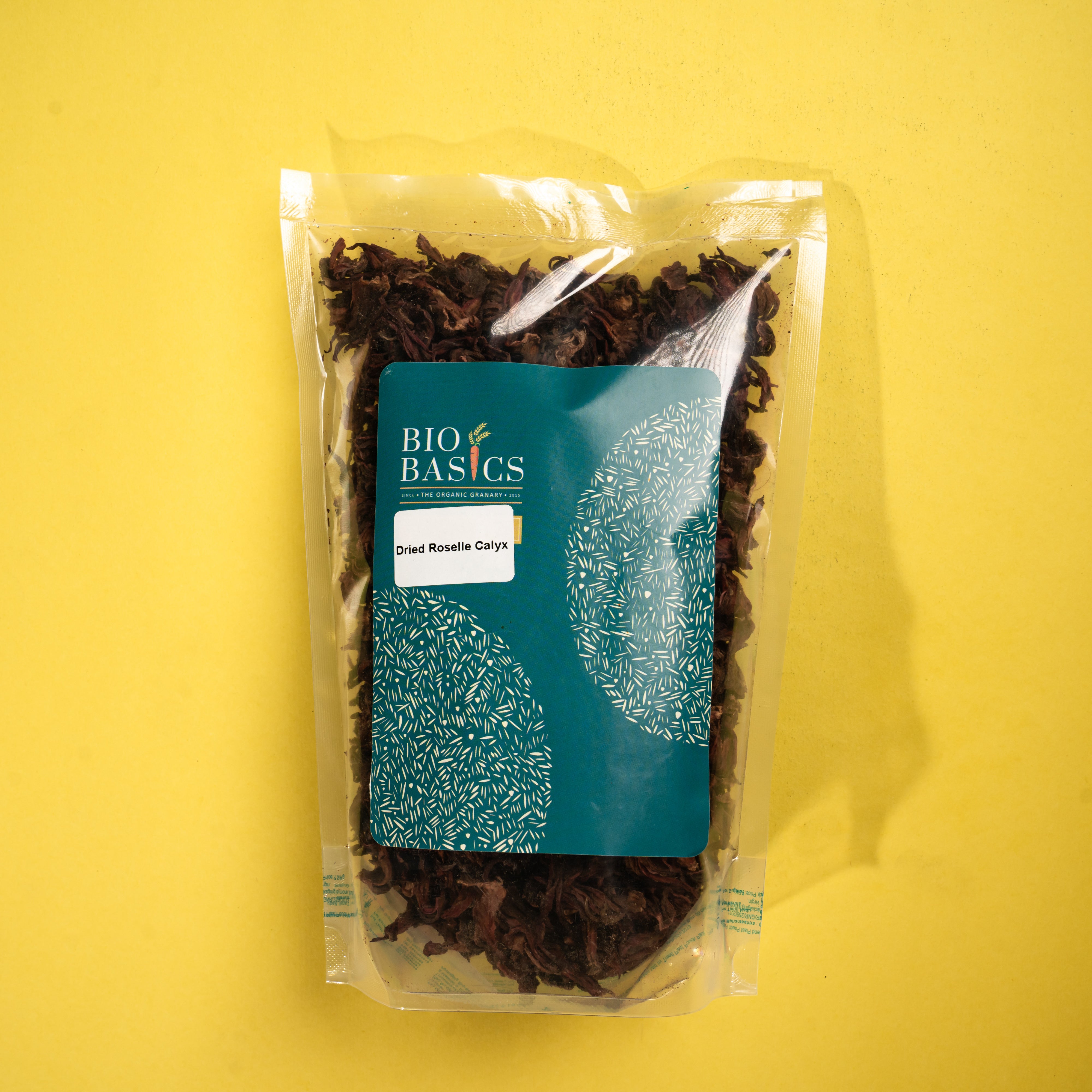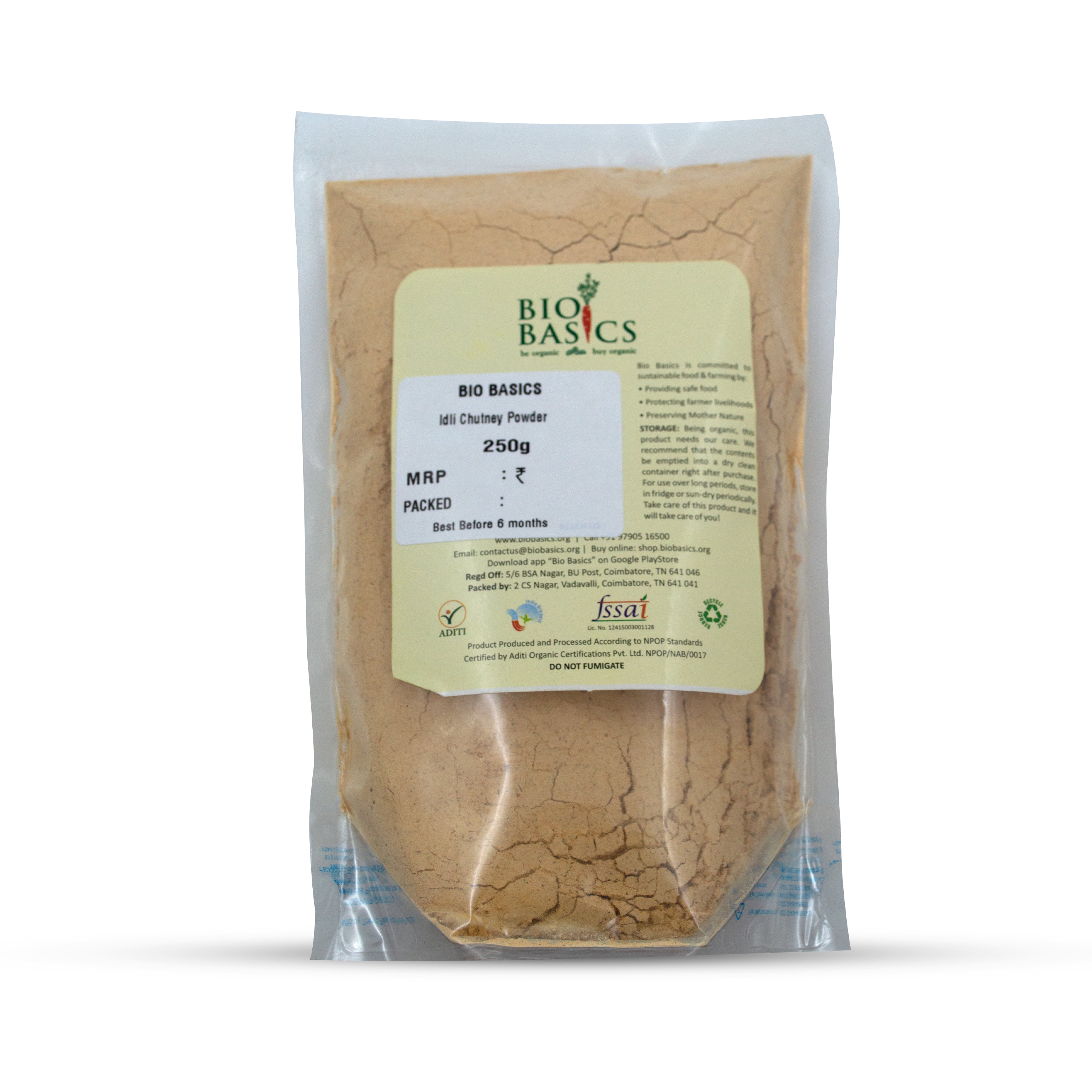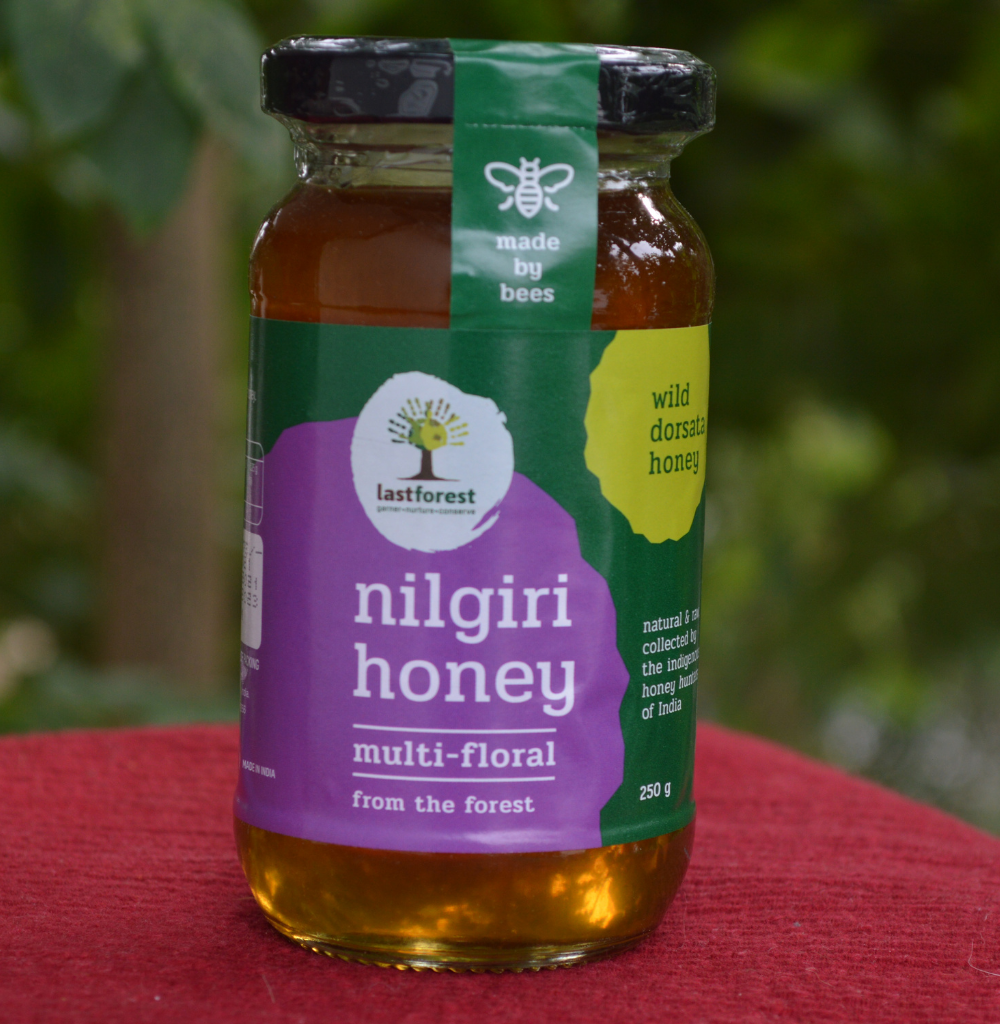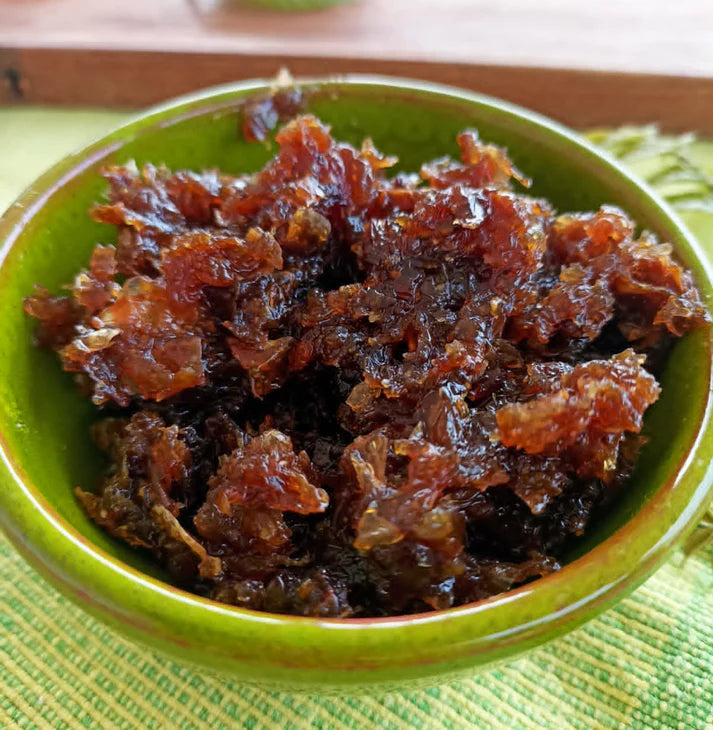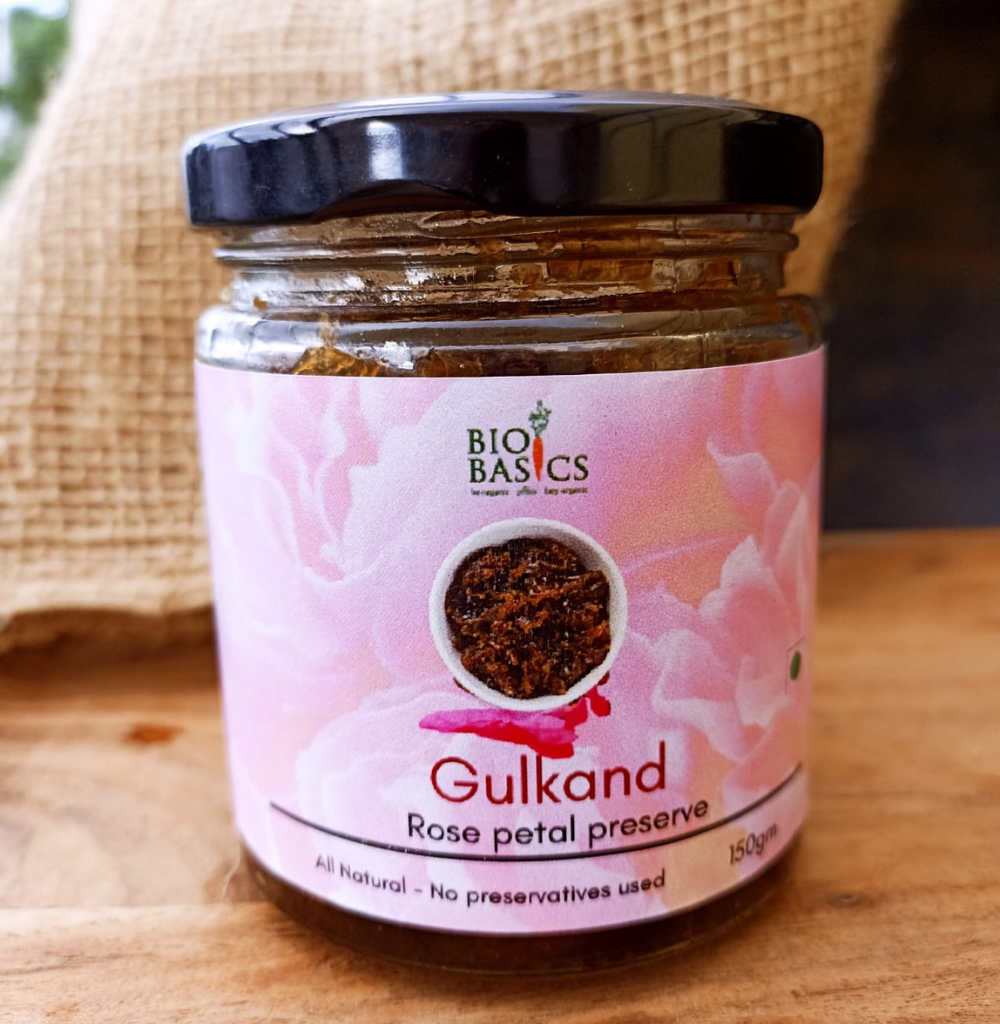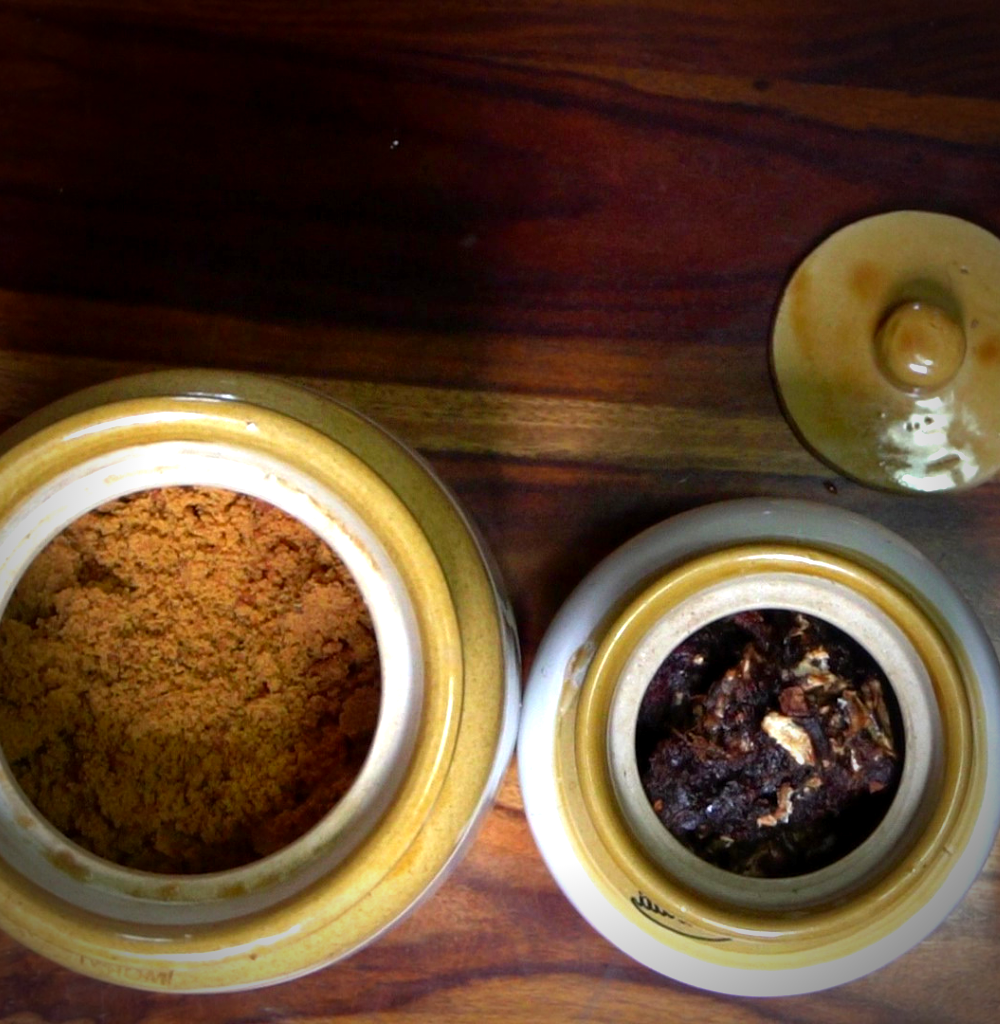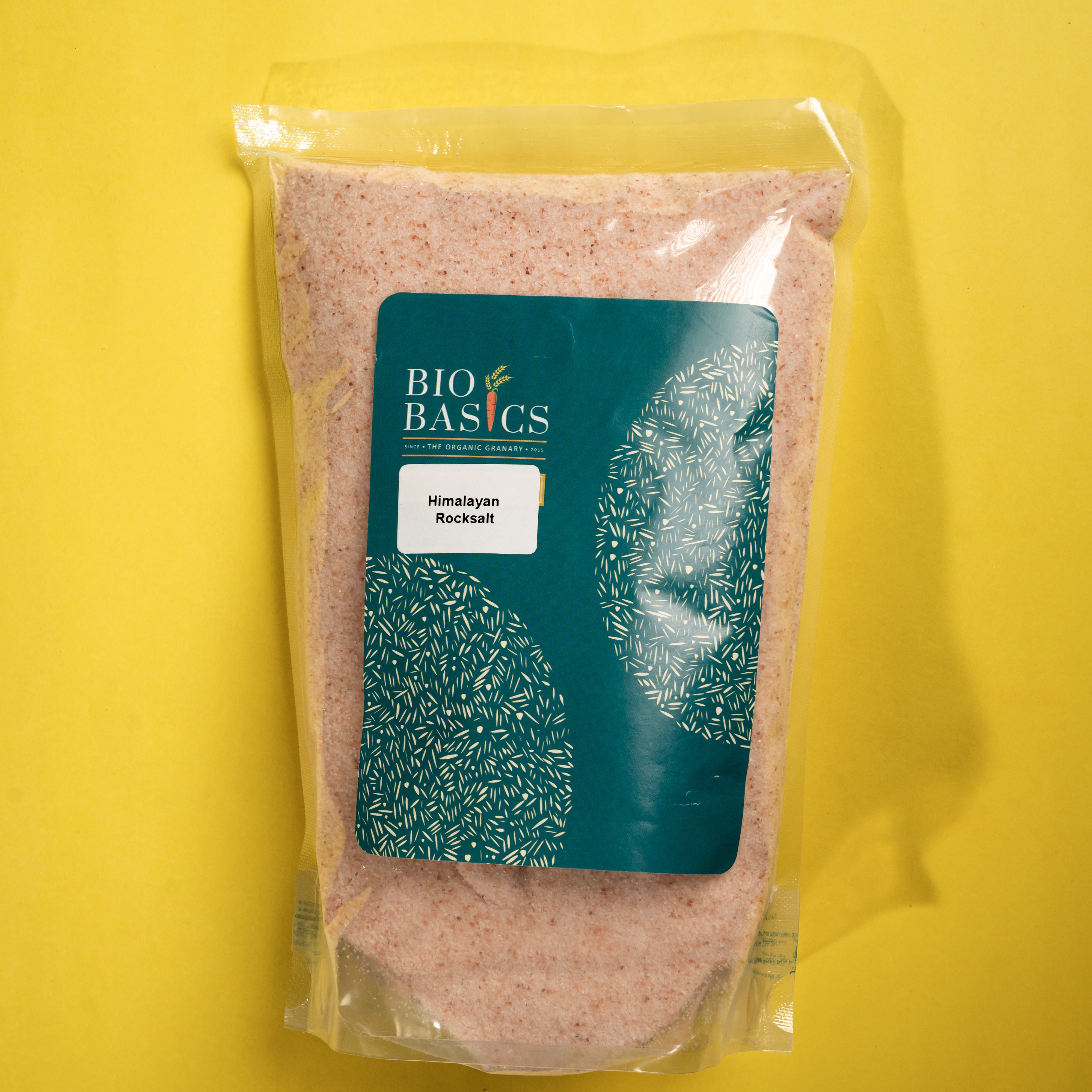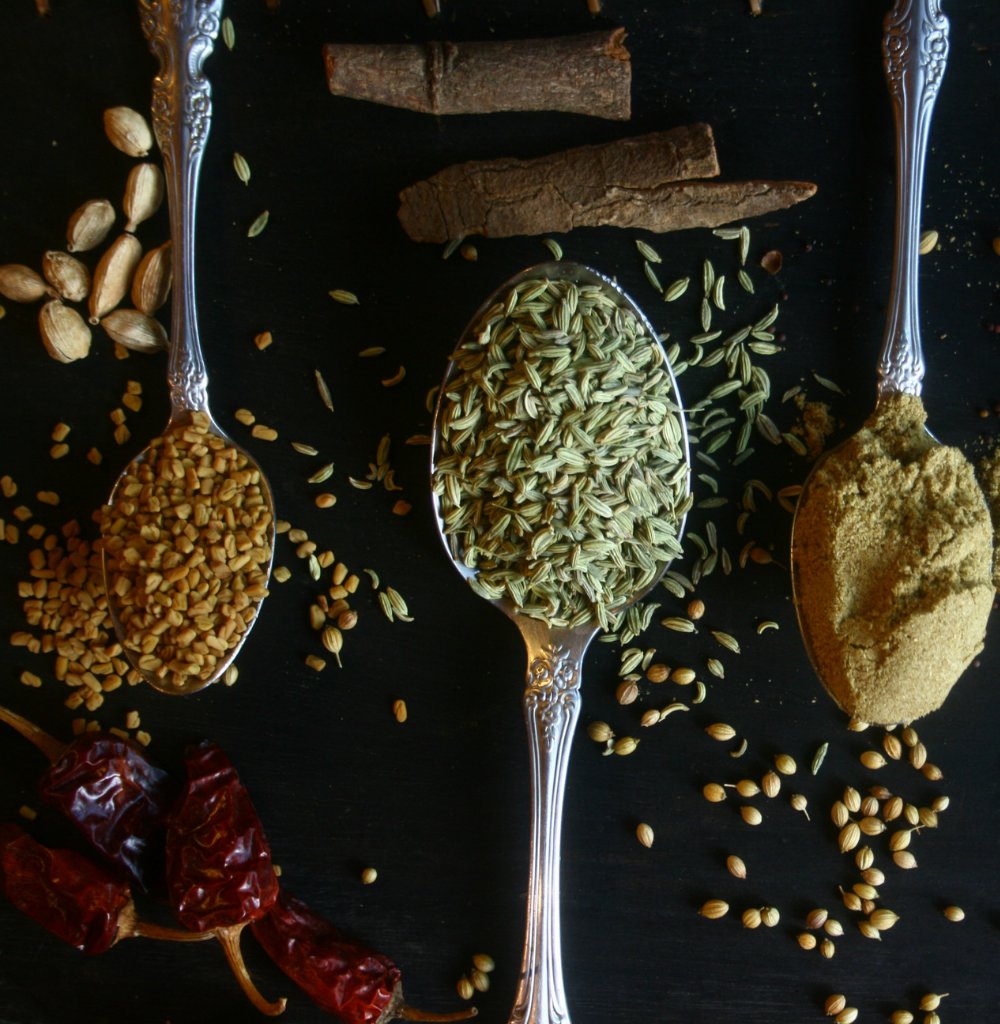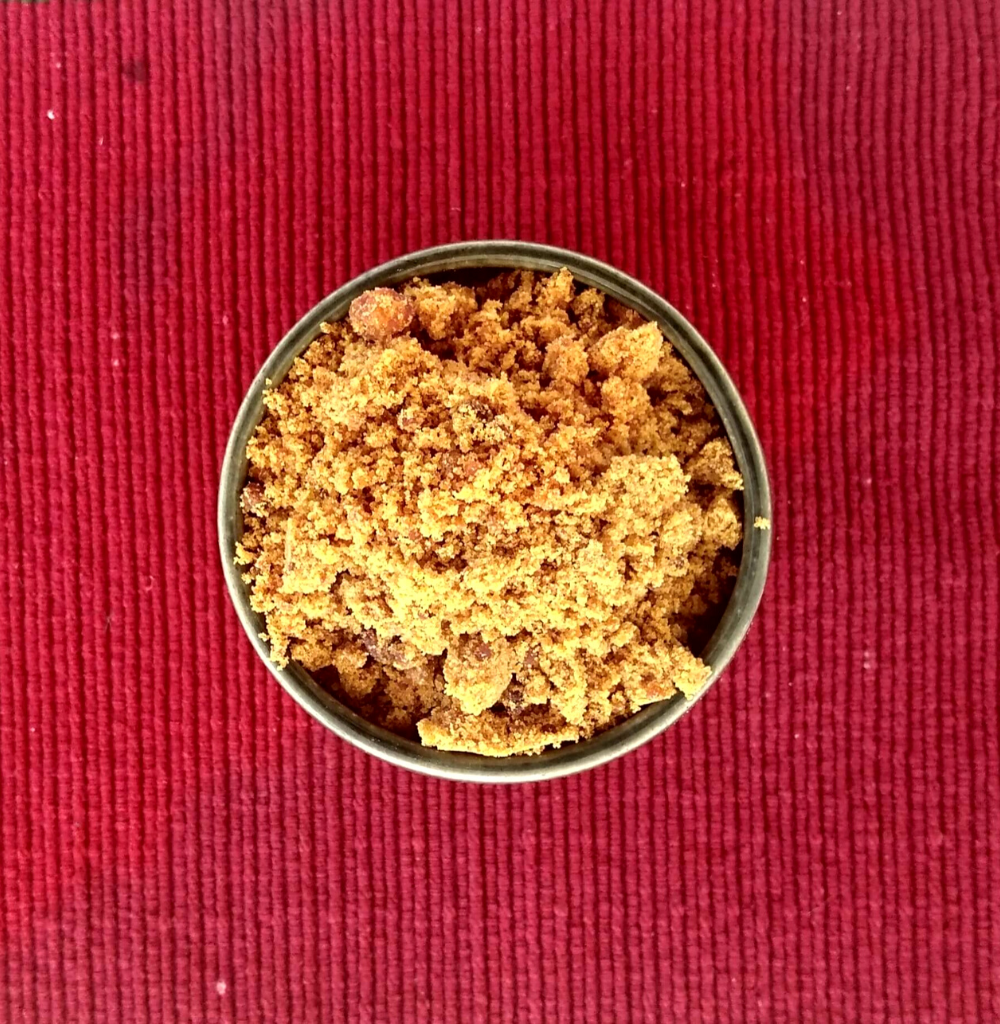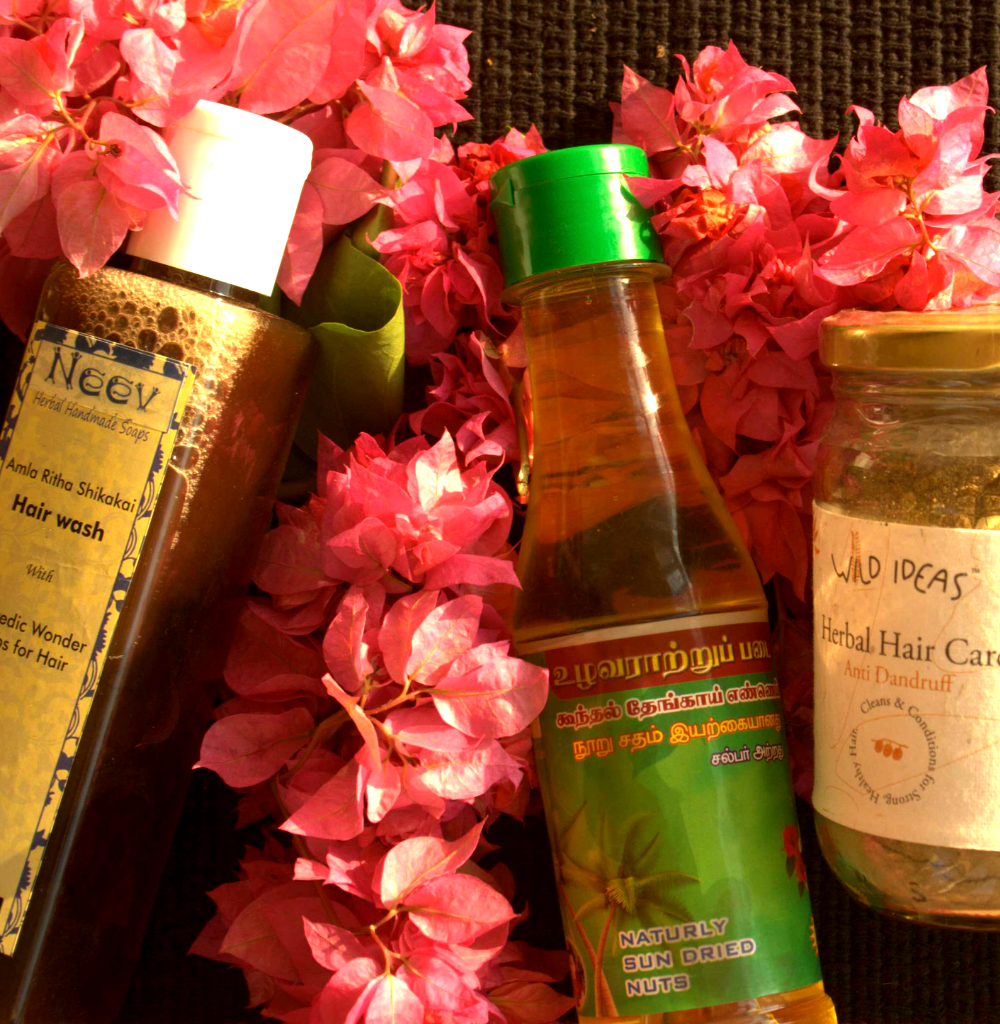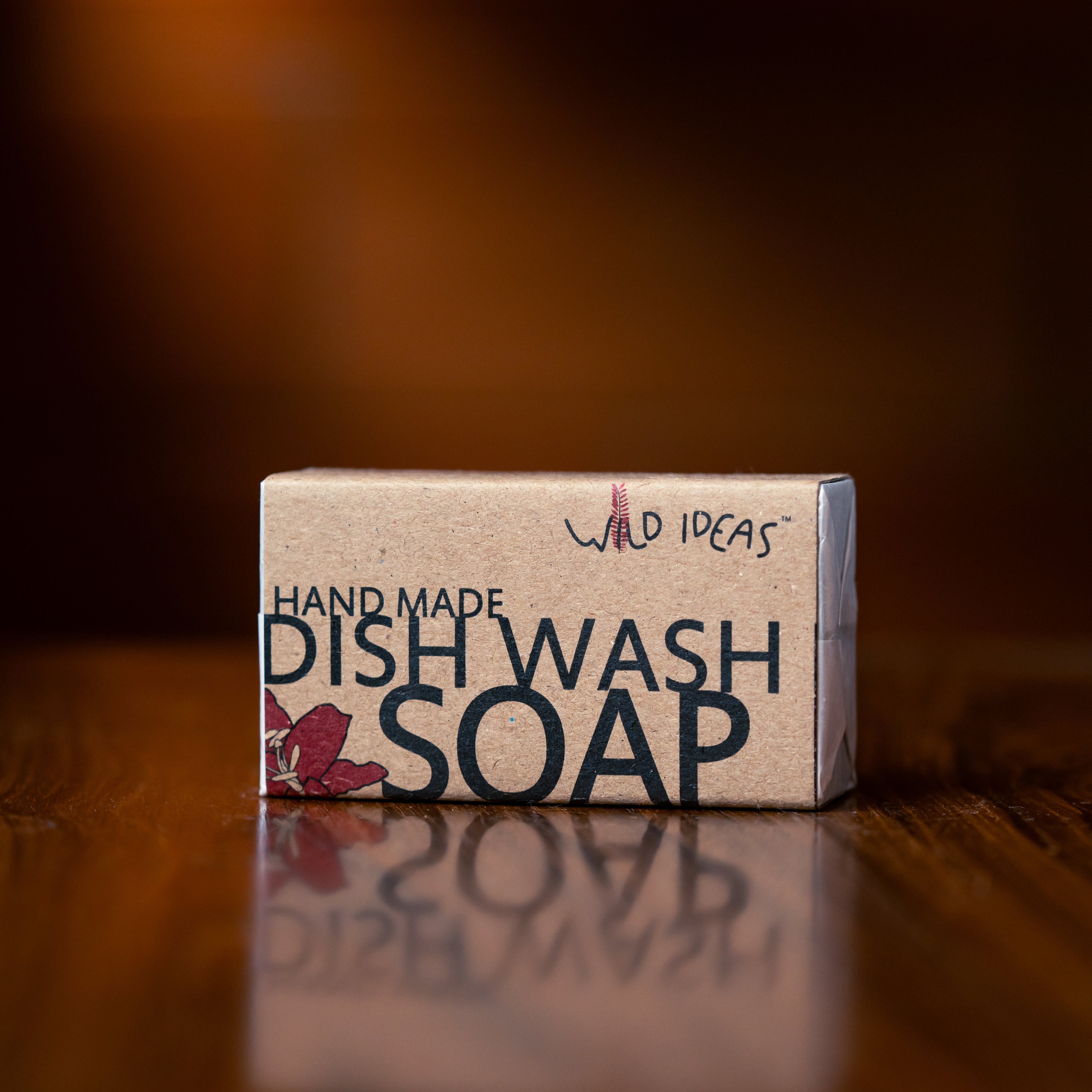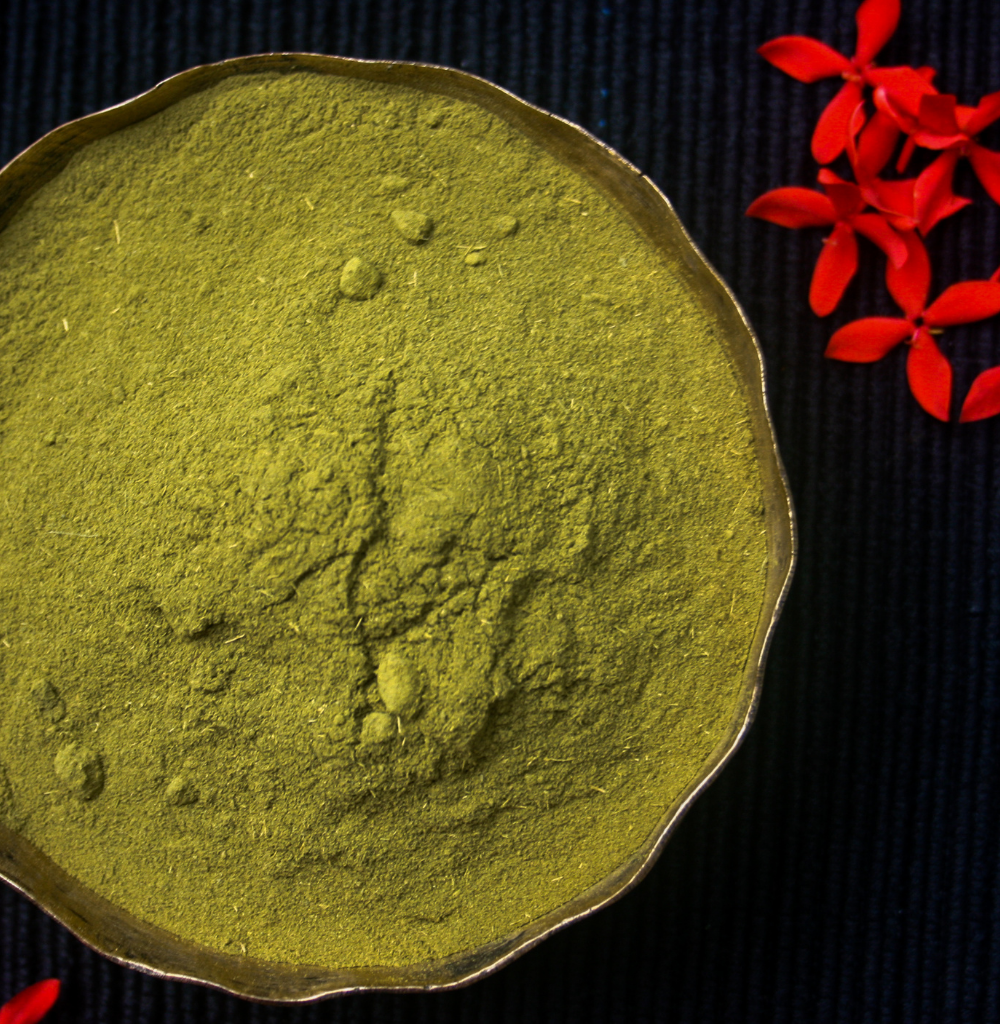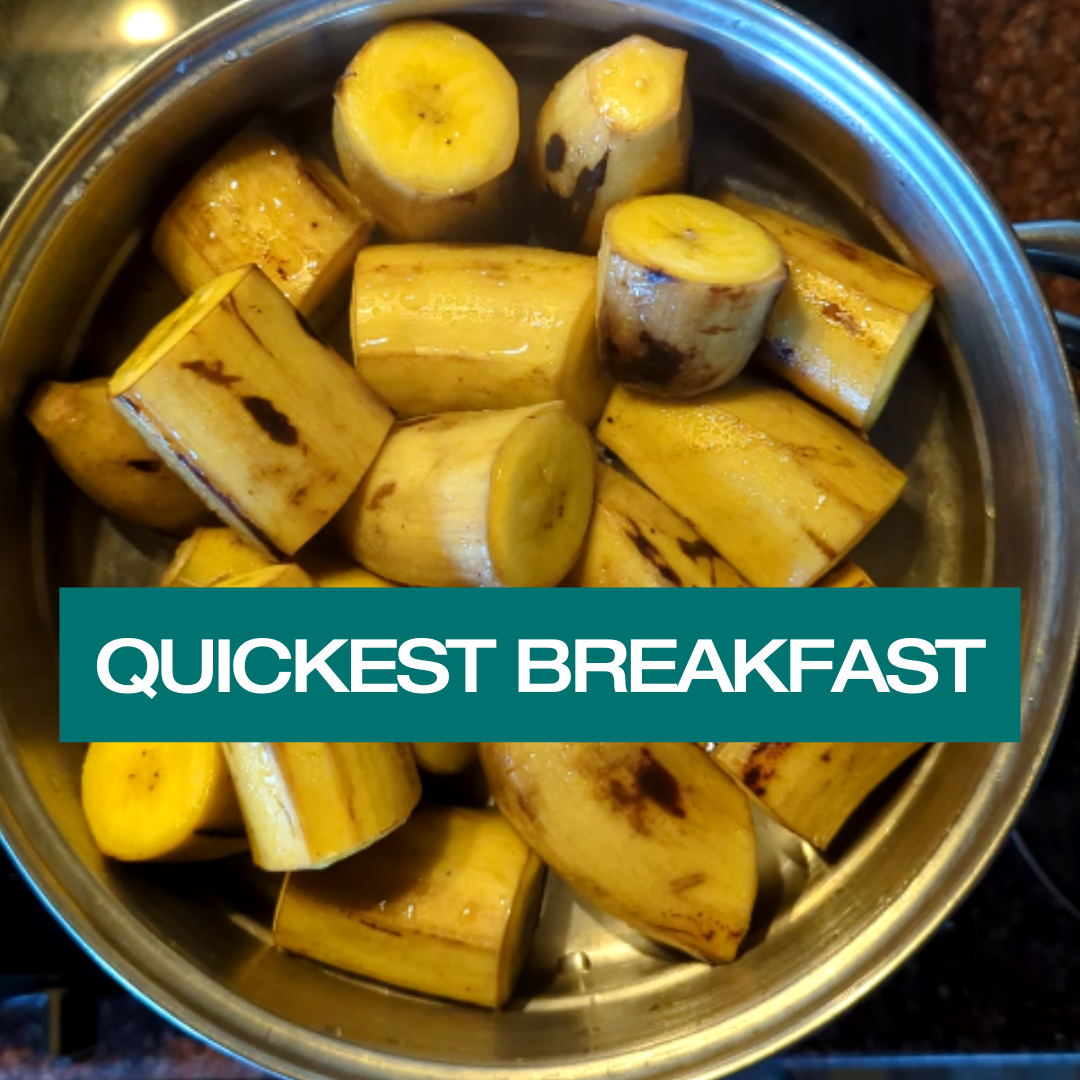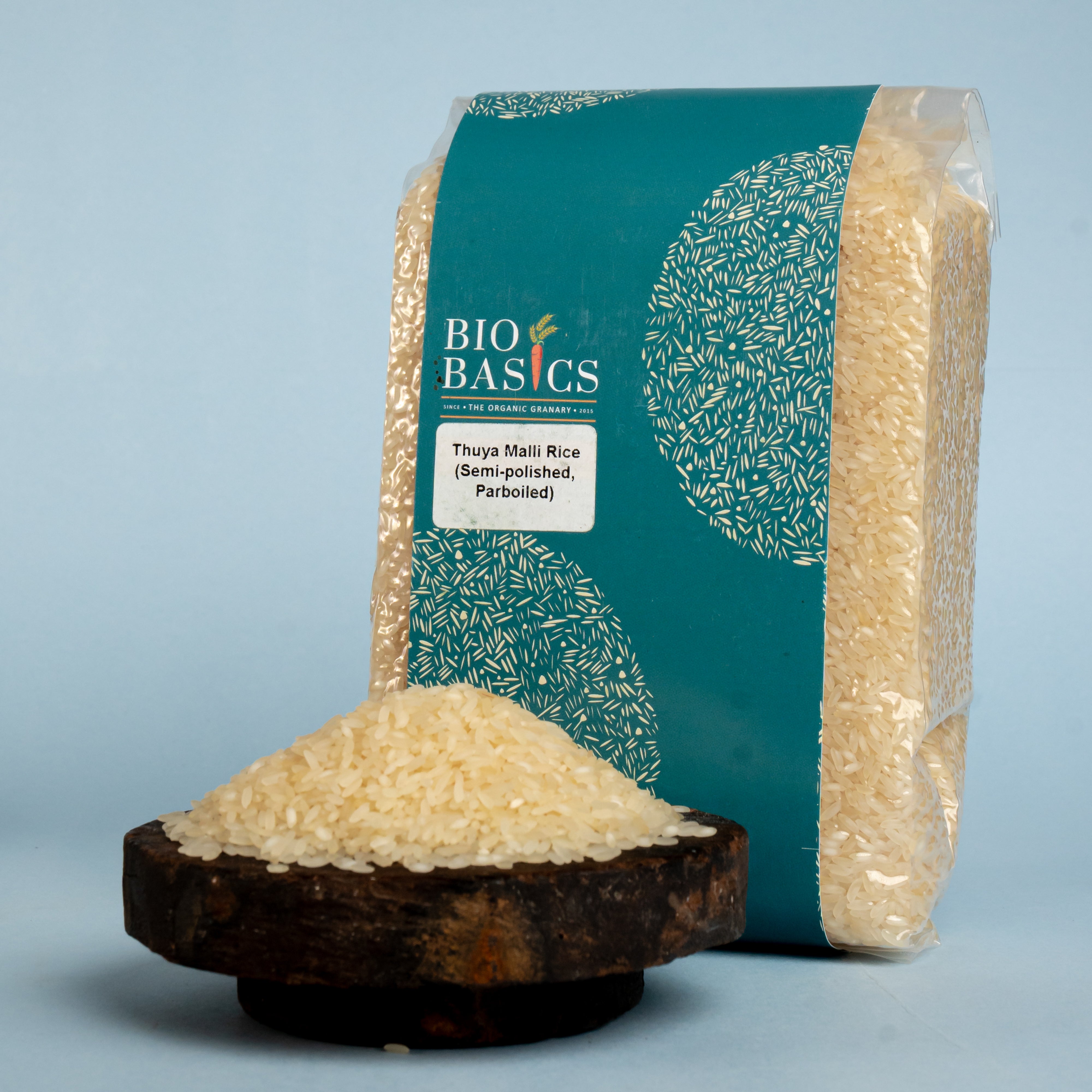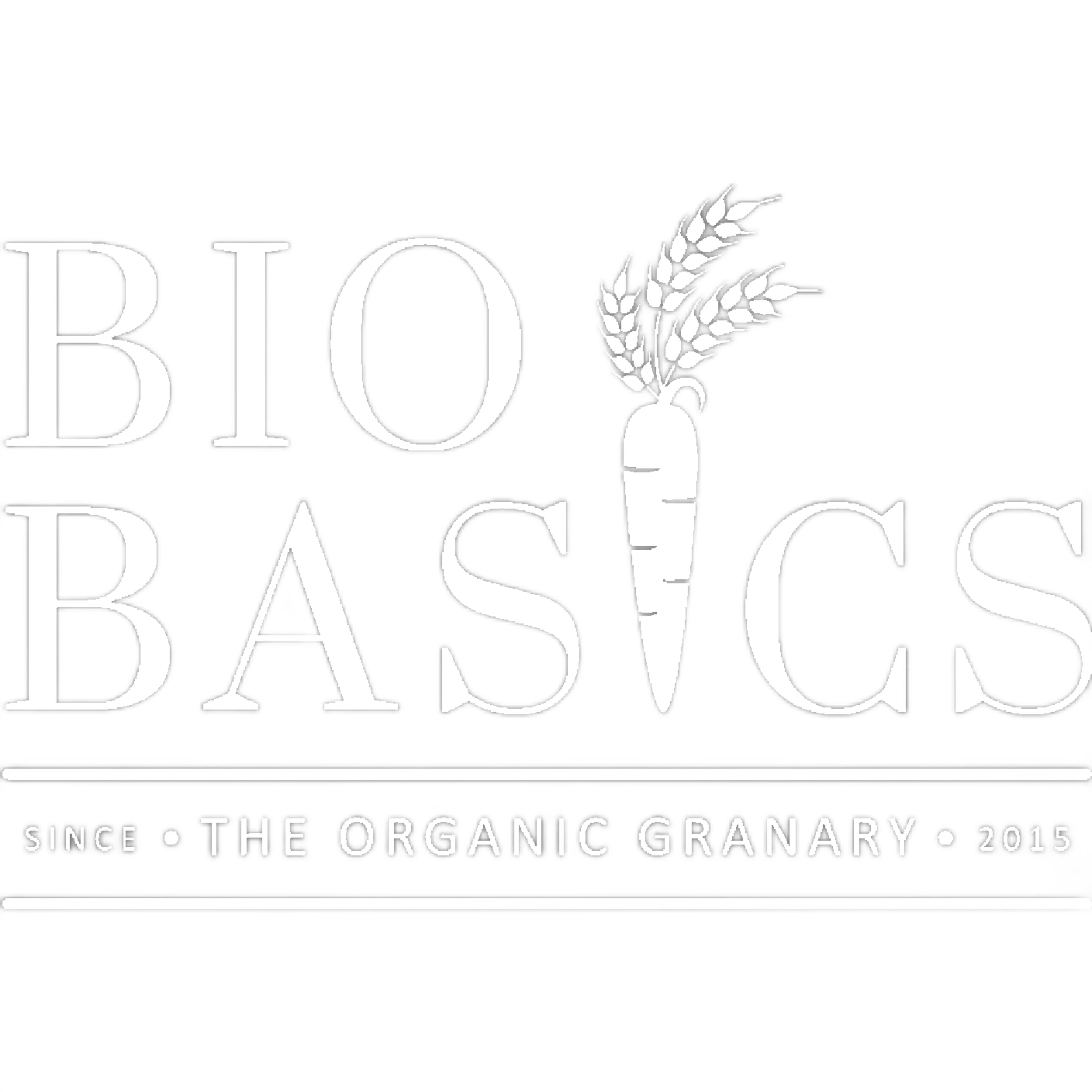Ragi porridge – The re-discovery
Ragi porridge or Finger Millet porridge made of flour of sprouted Ragi (Nachni / Finger Millet) is one of the simplest breakfasts to make. Learn more about the recipe for porridge and other benefits of Ragi Finger millet.
Ragi porridge (Nachni or Finger Millet)
Sprouted Ragi (also called Nachni or Finger Millet) Flour Porridge is one of my favourite choices for breakfast. A dark chocolatey brown (one of the reasons I love it ) it cooks into a beautiful consistency after a few minutes on the stove. One of the simplest breakfasts, I discovered it when my son was an infant. We fed him exclusively on that without him tasting any of the then-popular baby food brands. So many a day I found myself finishing the porridge after the little one decided that enough is enough. I had all but forgotten ragi porridge until I began looking around for a calcium-rich food after giving up milk, seven years back.

How healthy is Ragi(Finger millet)?

The popular ragi is one of the most commonly used millets. At 350 mg of calcium per 100 gms, ragi is possibly the most calcium-rich cereal currently consumed. This gluten-free grain is also rich in protein, low in fats and has fibre content. A cereal that can grow under rain fed conditions; it is consumed extensively in the Southern states in India in different forms ranging from dosa to mudde to puttu, and now in the form of cookies and cakes.
We source ragi and sprouted ragi powder from a tribal area. The ragi is sprouted, dried, roasted and powdered by women and sent ready to use. The key to cooking the ragi porridge without lumps is to stir in the ragi flour into the water at room temperature and then put the mix on the stove and stir continuously until cooked. Two tablespoons mixed in 2 cups of water will give a thick ragi porridge for two. It can be had either with a sweetener (raw cane sugar or palm jaggery), added while cooking or with salt and buttermilk (to be added after cooking)

We also make puttu with ragi flour. A deep red colour, it a little chewier than rice puttu and is best eaten warm. The same sprouted ragi flour is used for making sevai (or semolina).
